Depending on your USDA planting zone, May offers a diverse palette of vegetables, flowers, perennials, bulbs, annuals, fruits, herbs, and landscape plants that can thrive during the warm months ahead. Below, you’ll find an in-depth guide on what to plant in May, focusing on each plant’s optimal conditions and care, ensuring your garden flourishes throughout the season.
Vegetables to Plant
May is an excellent time for planting vegetables due to the warm weather and increased daylight, which promotes growth. Here are ten vegetables that are perfect for planting in May across various USDA zones.
Tomatoes (Solanum lycopersicum)
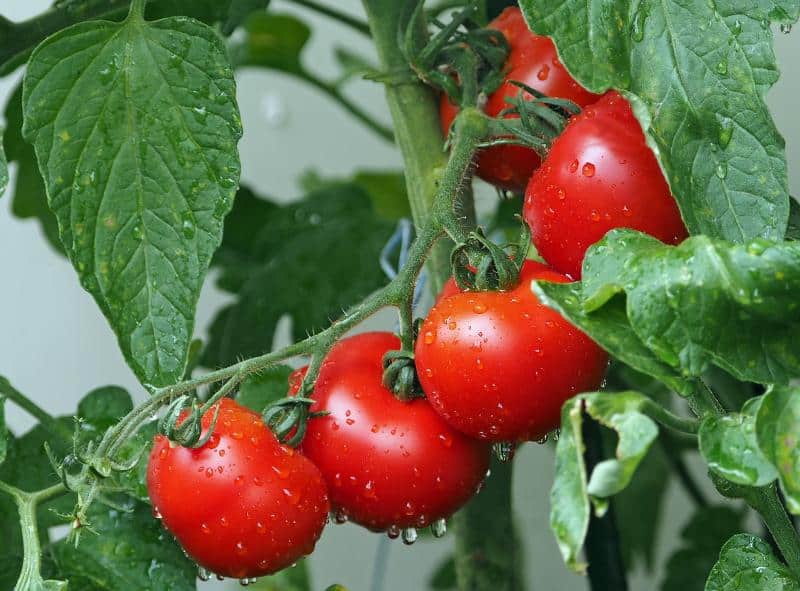
Tomatoes are a staple garden vegetable, loved for their versatility in cooking. Ideal for USDA zones 3-10, they should be planted outdoors after the last frost date, which typically falls in mid to late May in most areas. Tomatoes thrive at temperatures between 70°F and 85°F.
Planting Tips: Start seeds indoors 6-8 weeks before the last frost or buy seedlings to transplant. Space plants 24-36 inches apart in a sunny location with well-draining soil enriched with compost. Support plants with cages or stakes as they grow.
Care: Water deeply once a week, more frequently in cooler weather. Mulch around the base to retain moisture and deter weeds.
Peppers (Capsicum annuum)

Peppers thrive in warm temperatures and should be planted outdoors around the same time as tomatoes, usually after the last frost in zones 3-10. They are sensitive to cold and should be planted when nighttime temperatures consistently remain above 55°F, ideally between 70°F and 80°F during the day.
Planting Tips: Transplant seedlings into well-drained soil with full sun. Space sweet and hot pepper varieties 18-24 inches apart. Pre-planting fertilization with nitrogen-rich compost is beneficial.
Care: Keep soils consistently moist but not waterlogged. Fertilize every 4-6 weeks with a balanced fertilizer to enhance fruit production.
Cucumbers (Cucumis sativus)
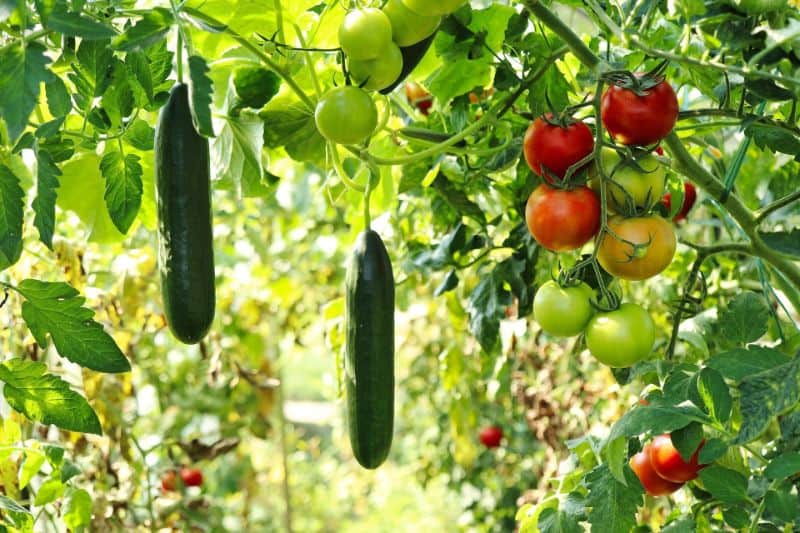
May is an ideal month for cucumbers, which thrive in warm weather and can be sown directly into the garden in USDA zones 4-10. Soil temperatures should be about 60°F or higher.
Planting Tips: Sow seeds about 1 inch deep, spacing them 12 inches apart to allow room for sprawling plants or up to 36 inches if growing on trellises. Cucumbers prefer well-draining soil rich in organic matter.
Care: Provide adequate water, especially during fruit formation. Harvest cucumbers regularly to encourage continued growth and prevent bitterness.
Beans (Phaseolus vulgaris)
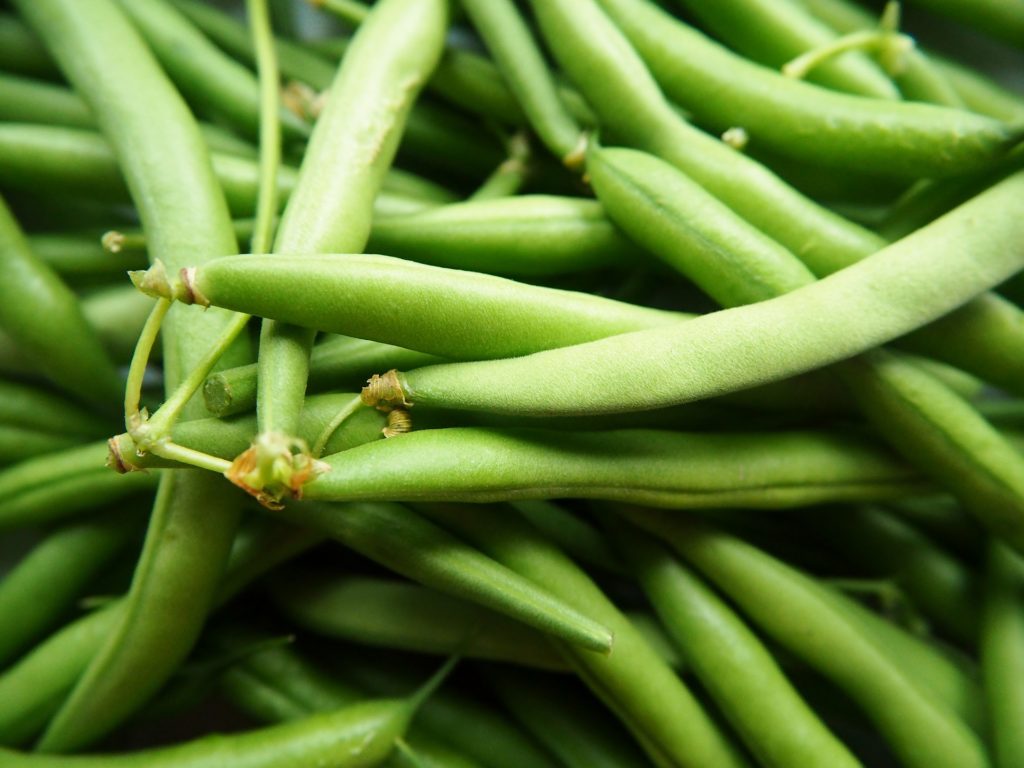
Beans are excellent for planting in May, especially bush and pole varieties, as they prefer warm soil and should be sown directly into the ground in zones 3-10.
Planting Tips: Sow seeds 1-2 inches deep and 1-2 inches apart after the soil has warmed to at least 60°F. They grow best in full sun and well-drained soil.
Care: Beans require minimal fertilizer due to their nitrogen-fixing properties. Water during dry spells, but avoid overhead watering to prevent mold.
Zucchini (Cucurbita pepo)
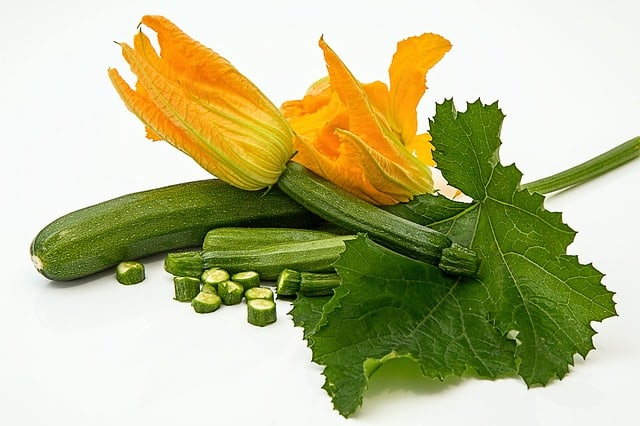
Zucchini is a prolific producer that loves warm, sunny weather. It can be planted in May in USDA zones 4-10.
Planting Tips: Sow seeds 1 inch deep, spaced 2-3 feet apart to allow the plant to spread. Zucchini thrives in nutrient-rich, well-drained soil.
Care: Regularly check plants for pests like squash bugs and cucumbers beetles. Water consistently, aiming for 1-1.5 inches per week, especially during fruit development.
Squash (Cucurbita pepo)
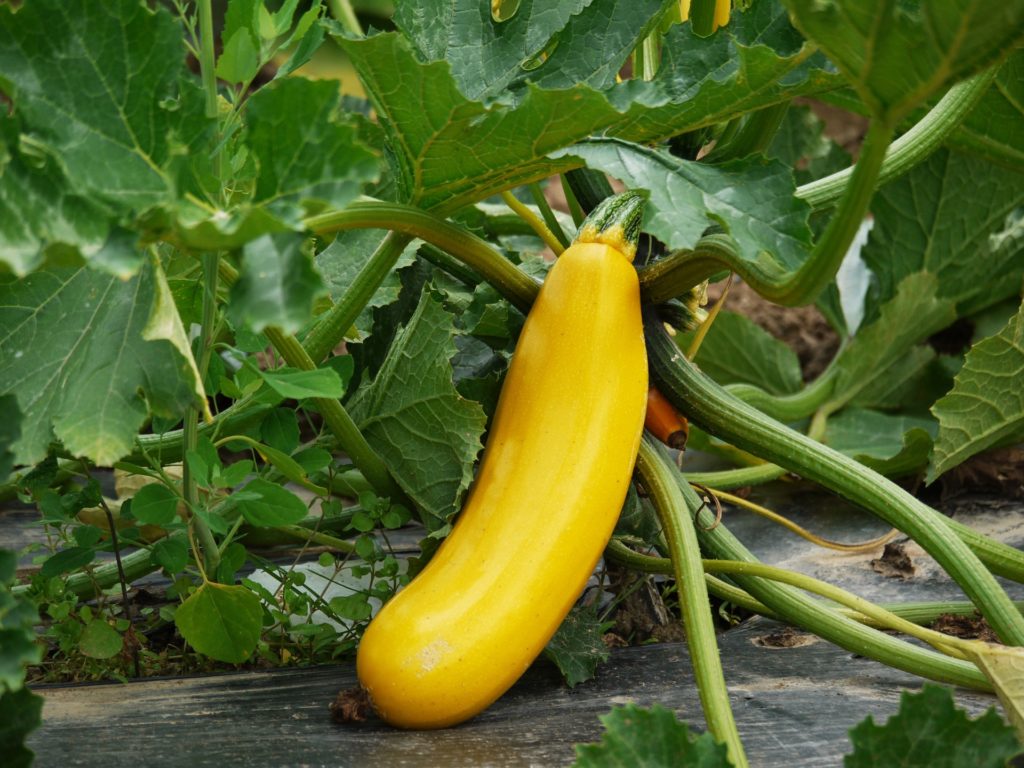
Similar to zucchini, both summer and winter squashes can be planted in May. Summer squashes can begin in zones 4-10 once the risk of frost has passed.
Planting Tips: Like zucchinis, sow seeds 1 inch deep, giving each plant ample spacing depending on the variety. Mix compost into planting holes to improve nutrient content.
Care: Provide consistent moisture and mulch around plants to prevent soil drying and weed growth. Regular harvesting encourages production.
Carrots (Daucus carota)
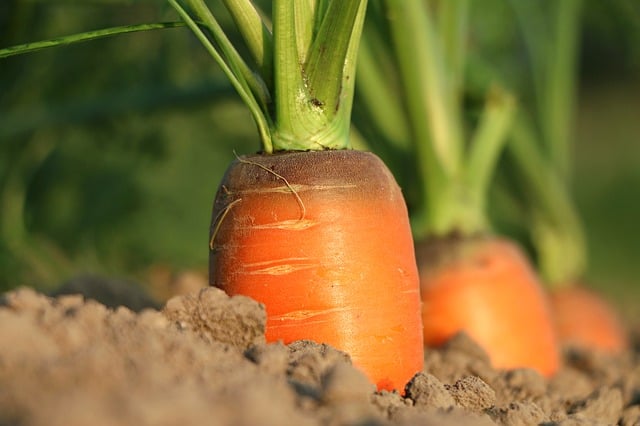
Carrots can be directly sown into the ground in USDA zones 3-10 during May. They prefer cooler soil temperatures of around 50°F to 75°F.
Planting Tips: Sow seeds about ¼ inch deep and space them 1-2 inches apart. Thin seedlings once they’re a few inches tall to allow more space for root development.
Care: Keep the soil consistently moist, particularly during germination. Avoid heavy fertilization, as it can lead to forks and oversized, misshapen roots.
Lettuce (Lactuca sativa)
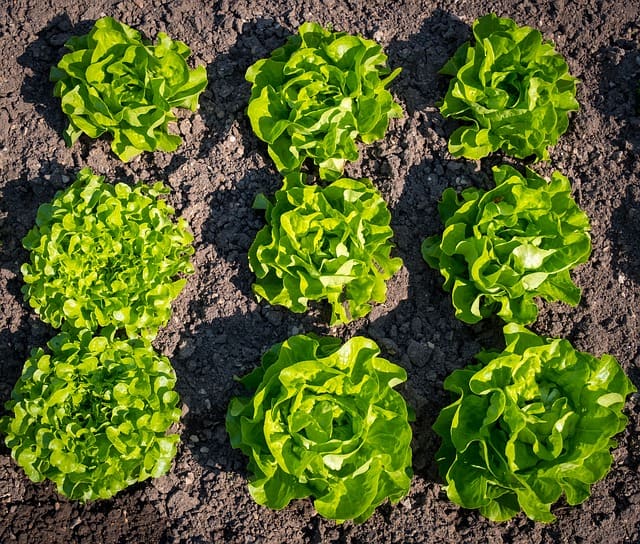
Lettuce can be sown in USDA zones 3-10 throughout May, as it prefers cooler conditions.
Planting Tips: Plant seeds directly in rows spaced 12-18 inches apart, covering seeds lightly with soil. They can also be started indoors and transplanted later.
Care: Keep soil moist and fertilize lightly with nitrogen. Use row covers to protect against pests and harsh sunlight if needed.
Radishes (Raphanus sativus)
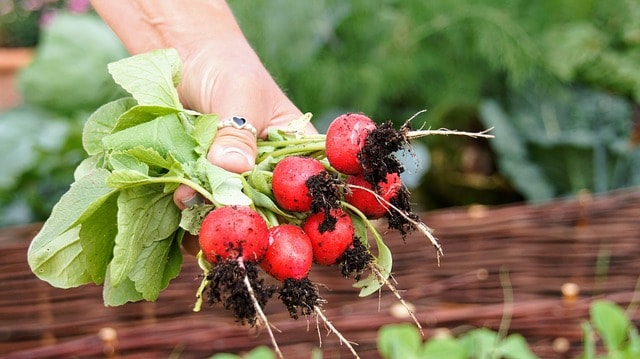
Radishes are fast-growing vegetables suited for May planting, with a preference for cooler weather in zones 3-9.
Planting Tips: Directly sow seed ½ inch deep and 1 inch apart. They require little care and can be harvested in as little as 30 days depending on the variety.
Care: Water regularly to maintain consistent moisture, as they can become pithy in dry conditions.
Beets (Beta vulgaris)
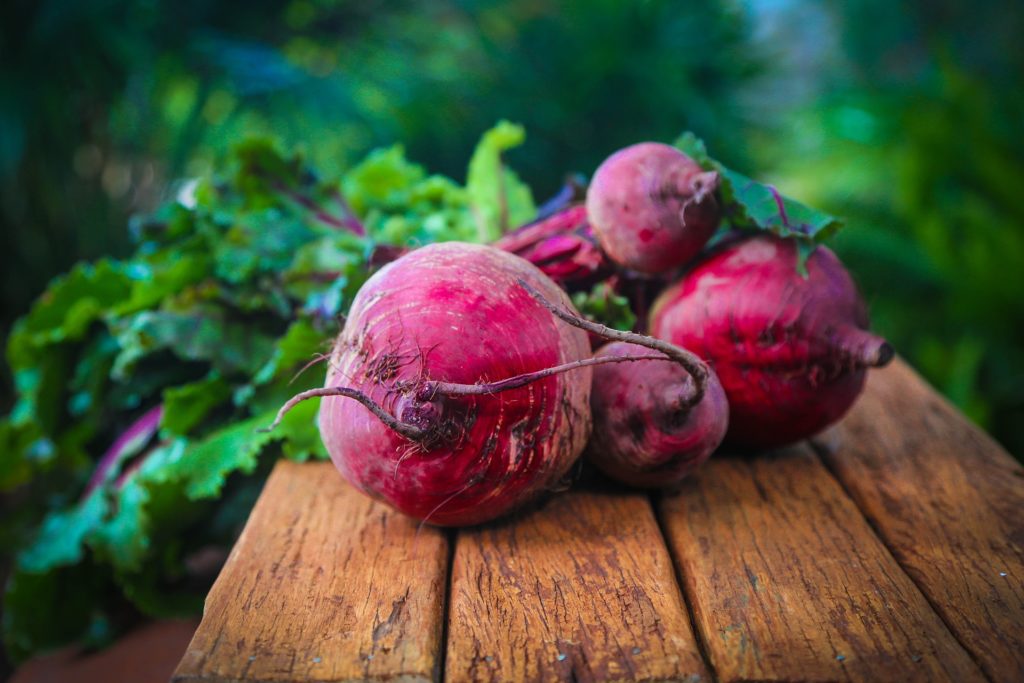
Beets can be planted in May in USDA zones 3-10, and they thrive best in cooler temperatures.
Planting Tips: Sow seeds about ½ inch deep and 2-4 inches apart. Beets can tolerate a variety of soil types but favor well-drained, fertile soil.
Care: Regular watering during dry spells will enhance root development. Avoid excessive nitrogen, which can lead to more leafy growth rather than robust roots.
Flowers to Plant
May is a vibrant month for flowers, as long days and warm weather lead to abundant blooms. Here are ten flowers that thrive when planted during this time.
Marigolds (Tagetes spp.)
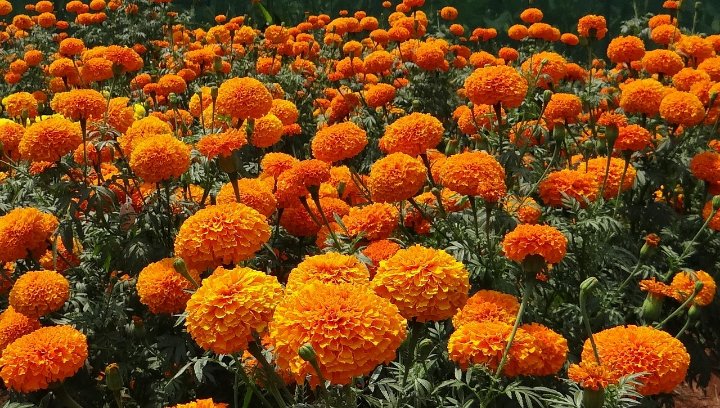
Marigolds are hardy annuals beloved for their bright colors and pest-repelling properties. They are perfect for zones 3-11 and can be planted in May after the last frost.
Planting Tips: Space plants 8-12 inches apart in full sun. They thrive in well-draining soil with moderate fertility.
Care: Water marigolds regularly, especially during dry spells. Deadheading spent flowers promotes prolonged blooming.
Zinnias (Zinnia elegans)
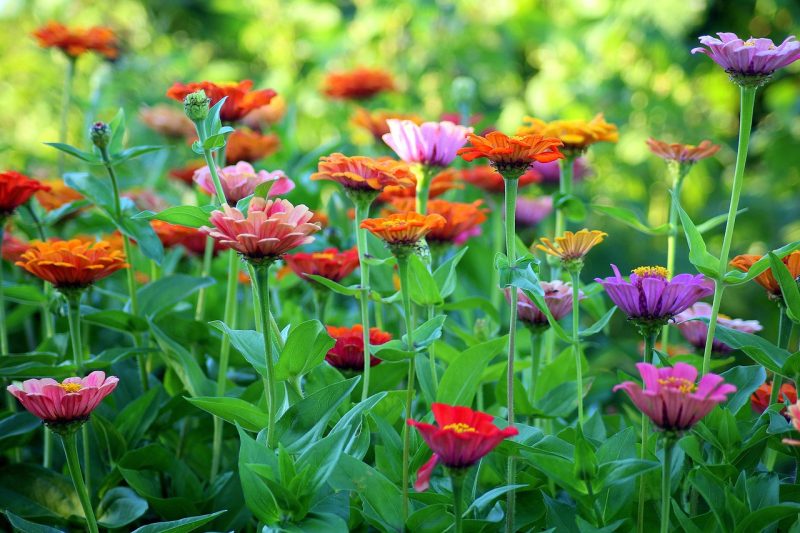
Zinnias are colorful and easy to grow, making them a favorite for gardeners. Plant them in May in zones 3-10, as they prefer warm temperatures and full sun.
Planting Tips: Sow seeds directly in the garden 1 inch deep and 12 inches apart. They can be started indoors 4-6 weeks before transplanting as well.
Care: Ensure consistent moisture, and deadhead regularly to encourage new blooms and prevent plants from becoming leggy.
Petunias (Petunia spp.)

Petunias are versatile annual flowers that thrive in warm weather. Plant them in USDA zones 3-10 in May.
Planting Tips: Space plants 12-18 inches apart, ensuring they have room for growth. They appreciate well-drained soil and benefit from a light fertilizer application at planting.
Care: Regular deadheading helps maintain blooms, and consistent watering is necessary to prevent wilting, especially during hot spells.
Sunflowers (Helianthus annuus)
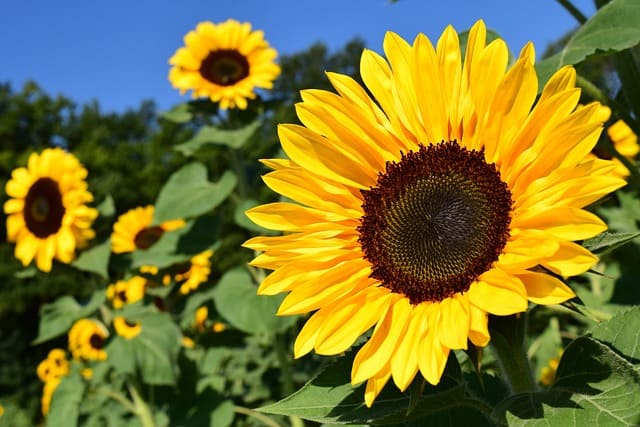
Sunflowers are cheerful and easy to grow, making them a wonderful addition to gardens. Sow them in May in zones 3-10.
Planting Tips: Directly sow seeds 1-2 inches deep and 6-12 inches apart, depending on the variety. Provide ample sunlight and good soil drainage.
Care: Water regularly until established, then sunflowers can tolerate drought. Support tall varieties with stakes if needed.
Cosmos (Cosmos bipinnatus)
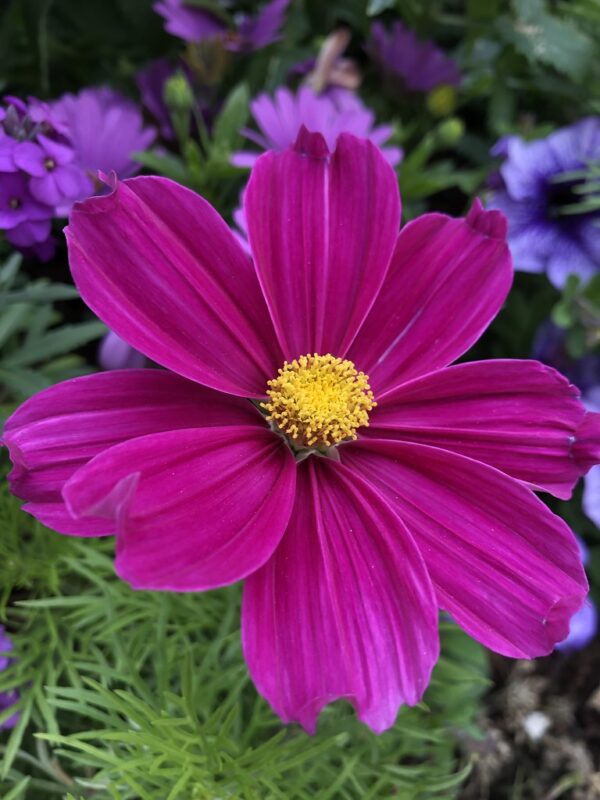
Cosmos are elegant annuals that bloom profusely throughout summer. Plant them in May in USDA zones 3-10.
Planting Tips: Sow seeds directly in a sunny area, about ¼ inch deep and spaced 12-18 inches apart.
Care: Cosmos prefer poorer soils and need minimal fertilization. Water during dry spells, especially when they’re starting to bloom.
Nasturtiums (Tropaeolum majus)
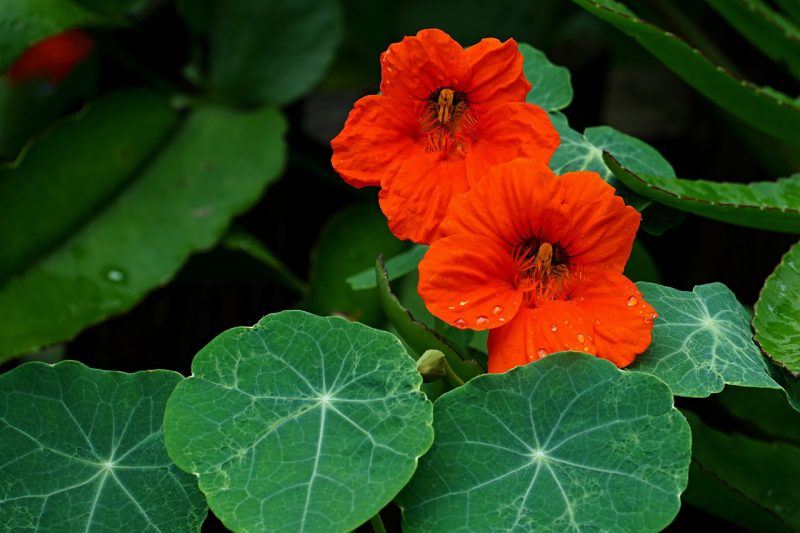
Nasturtiums are enchanting with their bright flowers and edible leaves. Plant in May across zones 3-11.
Planting Tips: Direct-sow seeds about 1 inch deep or transplant seedlings spaced 10-12 inches apart. They thrive in poorer soils and can tolerate partial shade.
Care: Water moderately, as they can wilt in extreme heat. They are low-maintenance but may require some pest management.
Salvia (Salvia splendens)
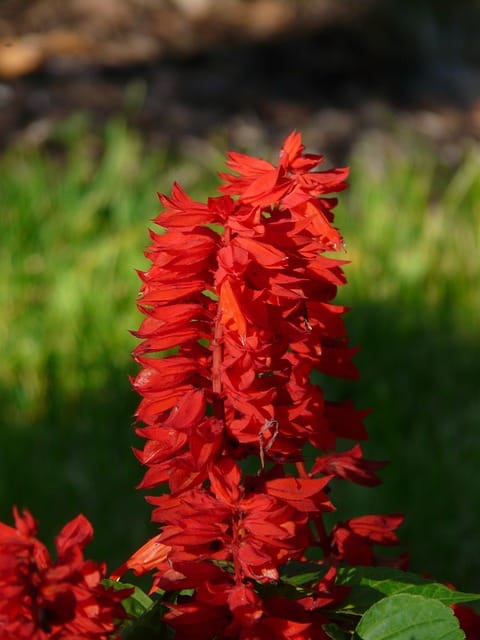
Salvia thrives in warm conditions and blooms brightly. Plant in USDA zones 3-10 in May.
Planting Tips: Space plants 12-18 inches apart in full sun and well-draining soil. They can be sown from seed or purchased as transplants.
Care: Water regularly and deadhead spent blooms to promote continued flowering. Salvia can tolerate drought once established.
Alyssum (Lobularia maritima)
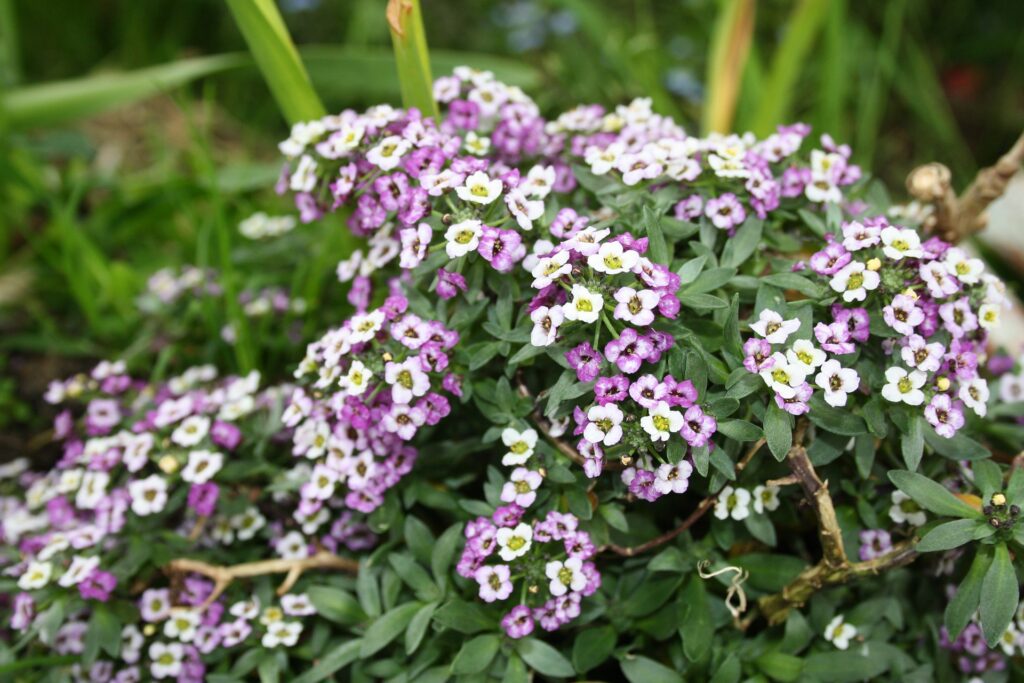
Alyssum is a fragrant annual that thrives in cooler weather, making May a perfect time for planting in zones 3-9.
Planting Tips: Sow seeds directly in well-drained soil, covering lightly. Space them 6-12 inches apart to promote airflow.
Care: Keep soil moist but not soggy, as overwatering can lead to root rot. Regular deadheading encourages more blooms.
Pansies (Viola tricolor var. hortensis)

Pansies can be planted in May in USDA zones 3-8, as they can tolerate cooler weather.
Planting Tips: Space plants 6-12 inches apart in well-drained soil. They prefer partial shade to full sun.
Care: Regular watering is important, especially during hot spells. Deadheading spent flowers enhances blooming duration.
Snapdragons (Antirrhinum majus)
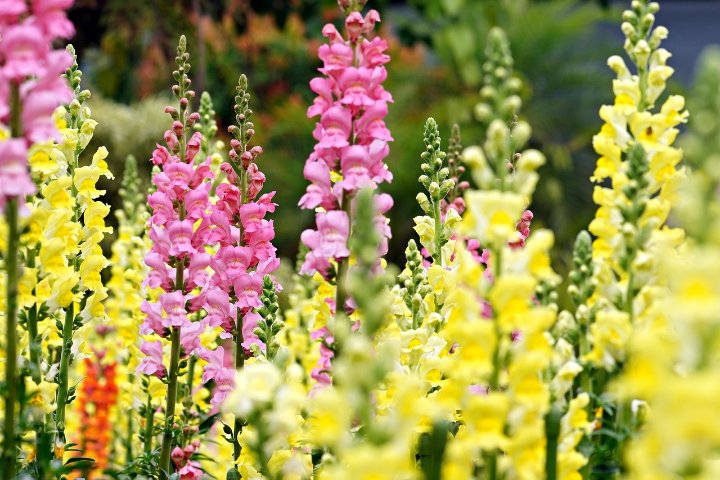
Snapdragons are great for adding vertical interest and can be planted in May across USDA zones 3-10.
Planting Tips: Sow seeds ¼ inch deep or transplant seedlings spaced 6-12 inches apart in well-draining soil.
Care: Water consistently, especially during dry periods. Deadhead to keep blooms coming and prevent plants from becoming leggy.
Perennial Flowers to Plant
Perennial flowers provide enduring beauty to your garden. They comeback year after year, making them a great investment. May is a wonderful time to introduce new perennials into your landscape.
Echinacea (Echinacea purpurea)
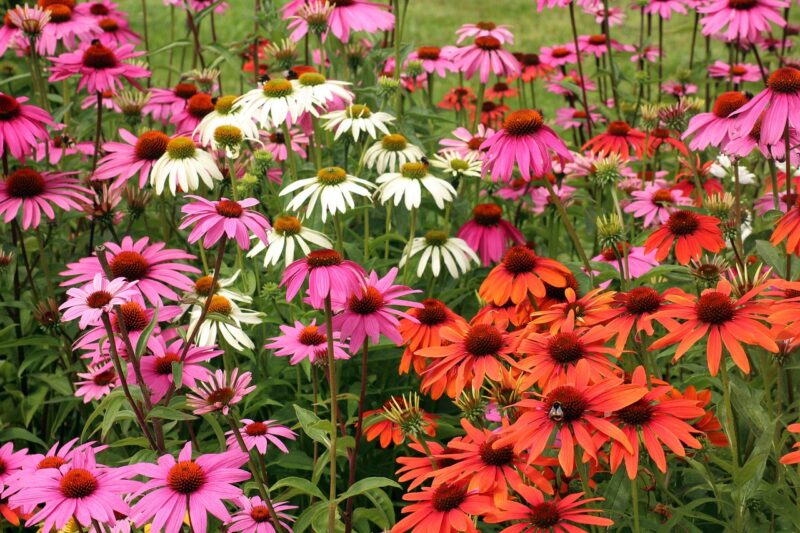
Echinacea, or coneflower, thrives in sunny locations. It can be planted in USDA zones 3-9 during May.
Planting Tips: Space plants 12-18 inches apart in well-drained soil. They can tolerate poor ground conditions but do best with organic matter.
Care: Once established, Echinacea is drought-tolerant. Deadheading promotes continuous flowering until fall.
Daylilies (Hemerocallis spp.)
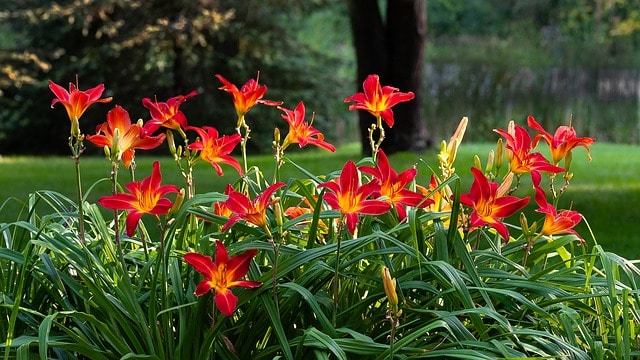
Daylilies are resilient and adaptable, making them ideal for various landscape settings. They can be planted in May in zones 3-10.
Planting Tips: Space plants about 18-24 inches apart, ensuring ample room for growth. They do well in average soil but benefit from organic amendments.
Care: Water deeply but infrequently to encourage deep root growth. Fertilize with a balanced feed in spring for robust blooms.
Lavender (Lavandula spp.)
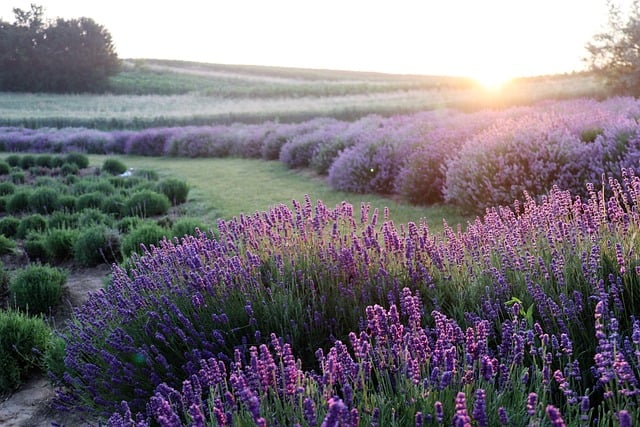
Lavender is adored for its scent and beautiful purple flowers. It can be planted in May in USDA zones 5-9.
Planting Tips: Plant in well-drained soil with full sun exposure and space them 2-3 feet apart.
Care: Water sparingly as lavender prefers dry conditions. Prune back after flowering to maintain shape and promote bushier growth.
Coreopsis (Coreopsis spp.)
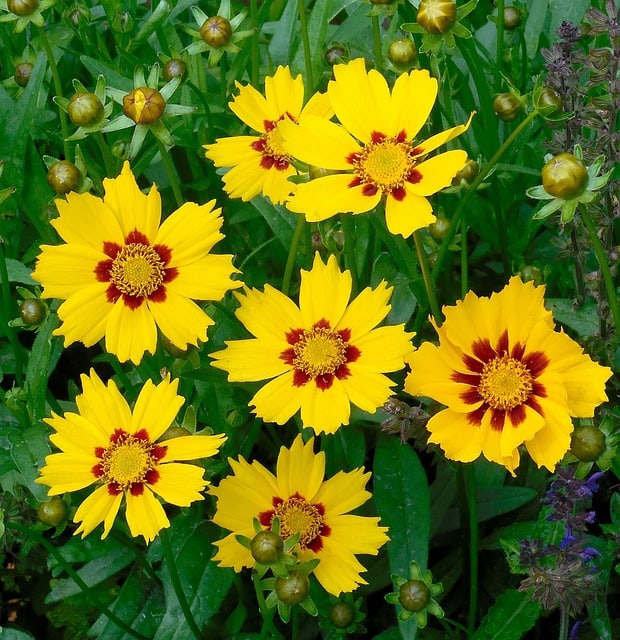
Coreopsis thrives in sunny spots and can be planted in USDA zones 3-9 in May.
Planting Tips: Space plants 12-18 inches apart, as they can spread. They do well in average, well-drained soil.
Care: These flowers are drought-tolerant once established, requiring little water. Deadheading boosts flowering throughout the summer.
Black-eyed Susan (Rudbeckia hirta)
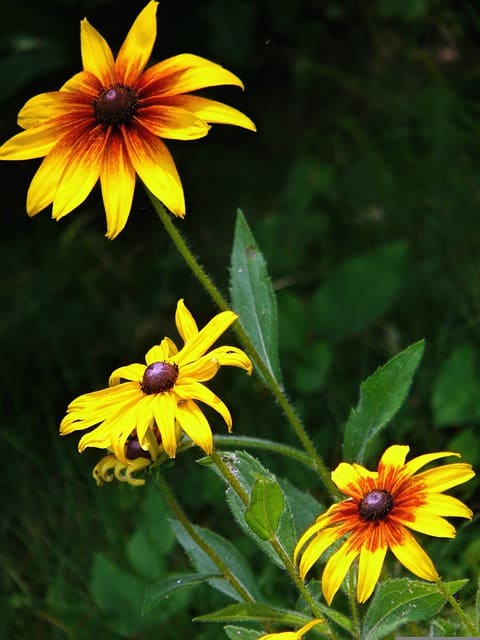
Black-eyed Susan is a robust perennial flower that blooms brightly. Plant it in May in zones 3-9.
Planting Tips: Space plants 12-18 inches apart in full sun with well-drained soil. They can tolerate poor soils.
Care: Once established, Black-eyed Susans are drought-resistant. Regular deadheading will extend the blooming season.
Peonies (Paeonia spp.)
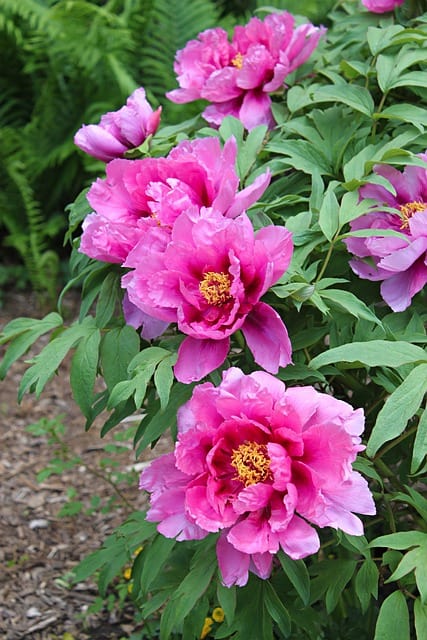
Peonies are known for their large, fragrant blooms and longevity. Plant them in May in zones 3-8.
Planting Tips: Choose a sunny spot and space plants 24-36 inches apart, ensuring buds are 1-2 inches below the soil for optimal growth.
Care: Peonies are relatively low-maintenance but benefit from a layer of mulch to maintain soil moisture. They do not require heavy fertilization.
Astilbe (Astilbe spp.)

Astilbe thrives in shaded, moist areas, making it an excellent choice for woodland gardens. They can be planted in May in zones 4-8.
Planting Tips: Space plants 12-18 inches apart; they prefer rich, moist soil. If planting in sun, ensure adequate moisture levels.
Care: Astilbe benefits from regular watering, especially during dry periods. Adding a layer of mulch helps to retain moisture and suppress weeds.
Hosta (Hosta spp.)

Hostas are classic shade-loving perennials suitable for USDA zones 3-9. They can be planted in May, bringing lush foliage to your garden.
Planting Tips: Space them 24-36 inches apart in rich, well-drained soil to prevent root rot. They thrive in part-shade conditions.
Care: Water regularly, as hostas prefer moist conditions. Fertilizing in spring will promote vigorous growth and attractive foliage.
Bulbs to Plant
May is a great month to plant summer-blooming bulbs. Here are ten bulbs to consider for your garden, complete with planting and care instructions.
Dahlias (Dahlia spp.)
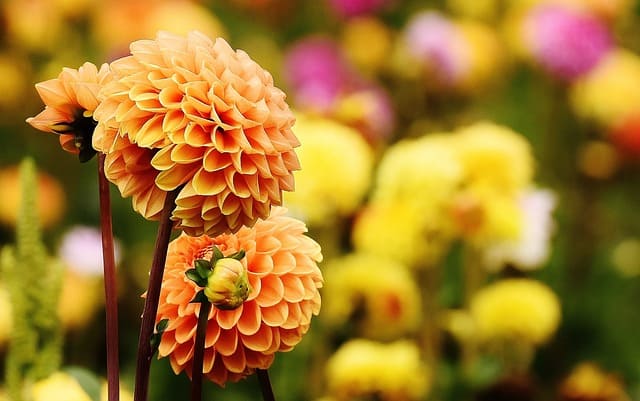
Dahlias are stunning summer-blooming bulbs that should be planted in May in USDA zones 3-10.
Planting Tips: Plant tubers 6-8 inches deep and 18-24 inches apart in well-drained soil and full sun. They need at least 6 hours of sunlight daily.
Care: Water deeply to establish roots but avoid soggy conditions. Mulching helps retain moisture and keep weeds at bay. Cut back flowering stems to promote more production.
Gladiolus (Gladiolus hortulanus)

Gladiolus bulbs create striking, tall flower spikes and should be planted in May across zones 3-10.
Planting Tips: Place bulbs 4-6 inches deep and 6-8 inches apart in full sun. They prefer well-draining soil and benefit from staking as they grow.
Care: Regularly water during dry spells, especially during growth and flowering stages. Fertilizing every few weeks during active growth enhances bloom production.
Lilies (Lilium spp.)

Lilies produce majestic blooms and can be planted in May in zones 4-9.
Planting Tips: Plant bulbs 6-8 inches deep in well-drained soil and sunny locations. Space them 12 inches apart.
Care: Water regularly, especially during dry periods, and apply a balanced fertilizer after the first blooms fade to promote reblooming.
Begonias (Begonia spp.)
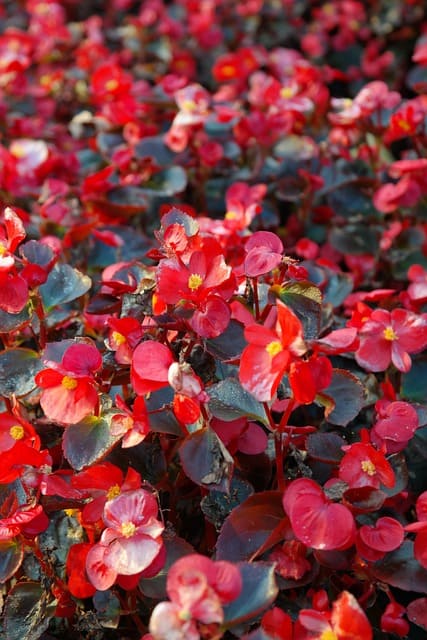
Begonias thrive in partial shade and can be planted in May across USDA zones 3-10.
Planting Tips: Plant tubers 1-2 inches deep in well-drained soil, spacing them 12-18 inches apart. They prefer indirect sunlight.
Care: Keep soil moist but avoid overwatering. Fertilize every 4-6 weeks with a balanced fertilizer to encourage lush growth.
Calla Lilies (Zantedeschia spp.)
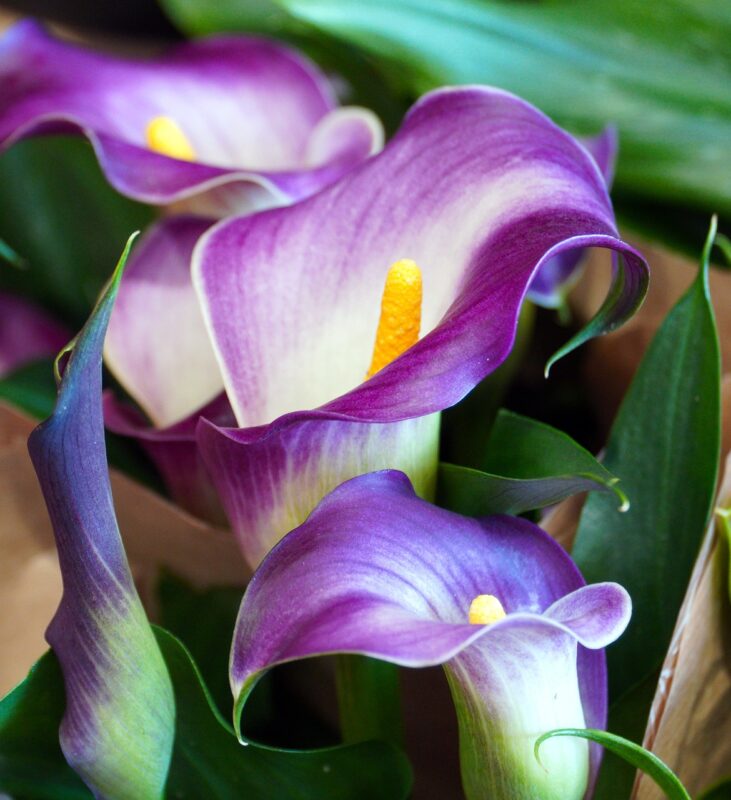
Calla lilies are elegant and can be planted in May in USDA zones 8-10.
Planting Tips: Plant tubers 4-6 inches deep with the bulb’s eyes facing up, spacing them approximately 12 inches apart in well-drained soil.
Care: Ensure they are watered regularly, as they prefer consistent moisture. Provide afternoon shade in hotter climates to prolong blooming.
Canna Lilies (Canna indica)
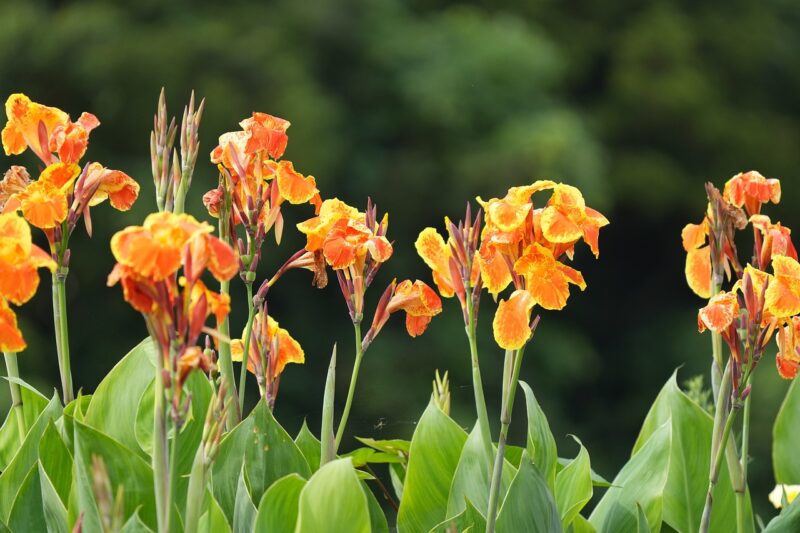
Canna lilies add a tropical feel and thrive in zones 7-10, making May an ideal planting time.
Planting Tips: Plant rhizomes 4-6 inches deep in full sun. Space them 18-24 inches apart to allow for their foliage and blooms.
Care: Regular watering is essential; they prefer moist soils. Fertilize with a high-potassium fertilizer to encourage flowering.
Butterfly Flower (Asclepias tuberosa)
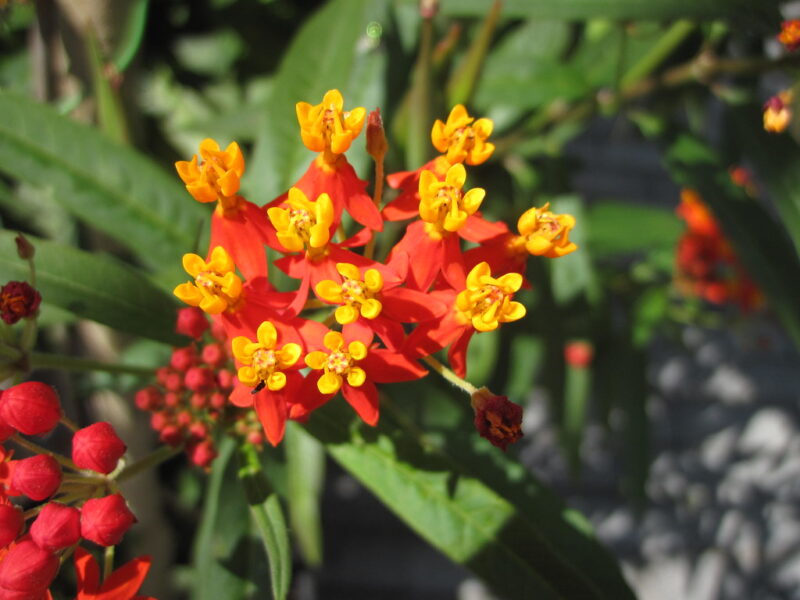
Butterfly flower is known for attracting pollinators and can be planted in May in zones 4-9.
Planting Tips: Sow seeds directly in well-drained soil, covering lightly, and space 12-18 inches apart. Full sun exposure is essential for optimal growth.
Care: Regular watering is crucial until plants are established. They are drought-tolerant once mature but benefit from occasional irrigation in very dry spells.
Eucomis (Eucomis spp.)
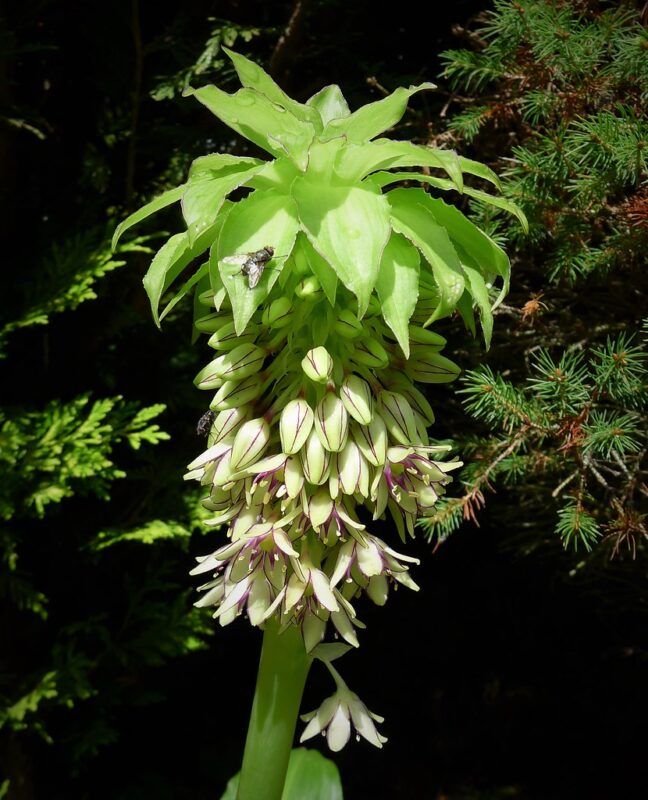
Eucomis, or pineapple lily, adds a unique structure and can be planted in May across zones 7-10.
Planting Tips: Plant the bulbs 4-6 inches deep in well-drained soil and full sun. Space them about 12 inches apart for good air circulation.
Care: Water regularly during active growth periods, then reduce watering in late summer as the plants go dormant.
Narcissus (Narcissus spp.)
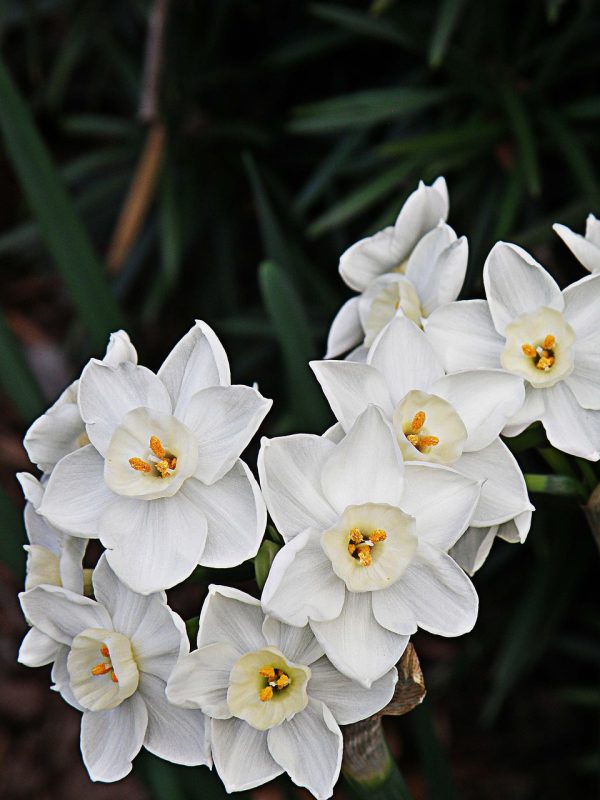
Though primarily a fall planting bulb, containerized narcissus can be selected for May planting.
Planting Tips: Plant them in well-drained soil, ensuring they are 2-4 inches deep and spaced according to size (generally about 6 inches apart).
Care: Maintain consistent moisture until they bloom. After blooming, allow the leaves to die back naturally, as they help feed the bulbs for next year.
Freesia (Freesia spp.)
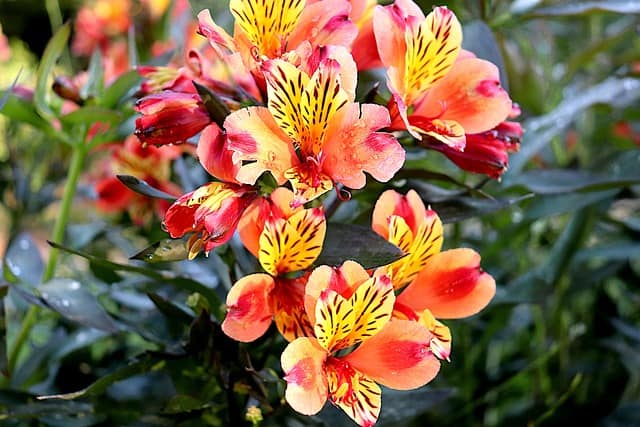
Freesia bulbs can also be planted in May in USDA zones 8-10.
Planting Tips: Plant bulbs 2-3 inches deep in well-drained soil and ensure they have full sun. Space them about 6 inches apart for a lovely cluster bloom.
Care: Water once or twice a week during the growing season. After blooming, reduce watering, allowing the foliage to die back naturally.
Annual Flowers to Plant
Annual flowers can add instant color and vibrancy to your garden. Planting them in May allows you to enjoy their blooms throughout the summer. Here are ten excellent choices with detailed instructions.
Calibrachoa (Calibrachoa spp.)
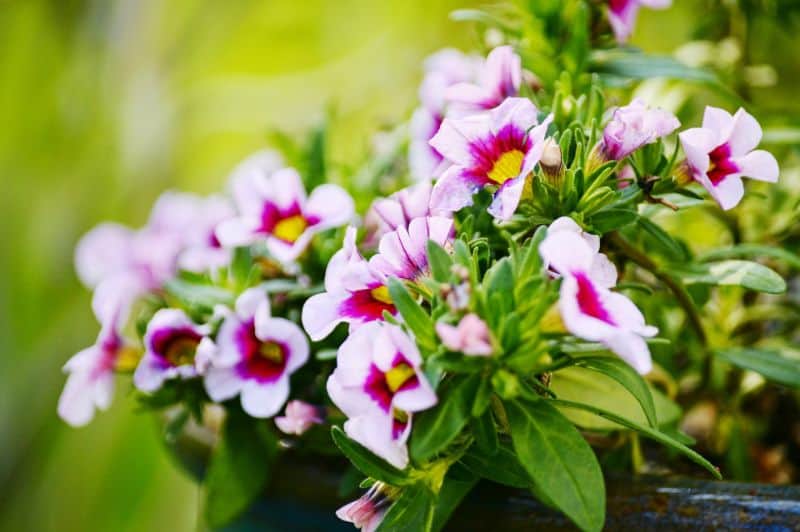
Calibrachoa, often referred to as million bells, is ideal for hanging baskets and containers. It thrives from USDA zones 3-10.
Planting Tips: Plant in well-drained potting mix or in well-draining garden beds at least 12-18 inches apart. They prefer full sun but can tolerate partial shade.
Care: Regular watering is essential, especially in containers. Deadheading spent blooms encourages continuous growth.
Geraniums (Pelargonium spp.)

Geraniums are beautiful and hardy, perfect for summer displays. They can be planted in May in zones 3-10.
Planting Tips: Space geraniums 10-12 inches apart in well-draining soil, preferably in full sun to partial shade.
Care: Water them regularly while avoiding overhead watering to prevent leaf spots. Deadhead flowers to promote more blooms.
Petunias (Petunia spp.)

Petunias are colorful and versatile, making them a popular choice. Plant in May across USDA zones 3-10.
Planting Tips: Space them 10-12 inches apart in well-draining soil. They thrive in sunny locations, requiring at least 6 hours of sunlight daily.
Care: Fertilize every few weeks with a balanced fertilizer, and deadheading will promote more blooms for a spectacular display.
Impatiens (Impatiens walleriana)
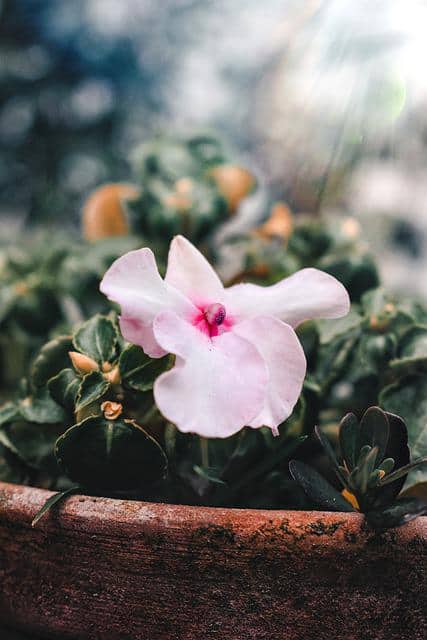
Impatiens thrive in shade and are perfect for May planting in zones 3-11.
Planting Tips: Space plants 8-12 inches apart in well-drained soil. They prefer partial shade to full shade.
Care: Water regularly, particularly during dry periods. Use a slow-release fertilizer to maintain vibrant growth.
Beggars-Ticks (Bidens spp.)
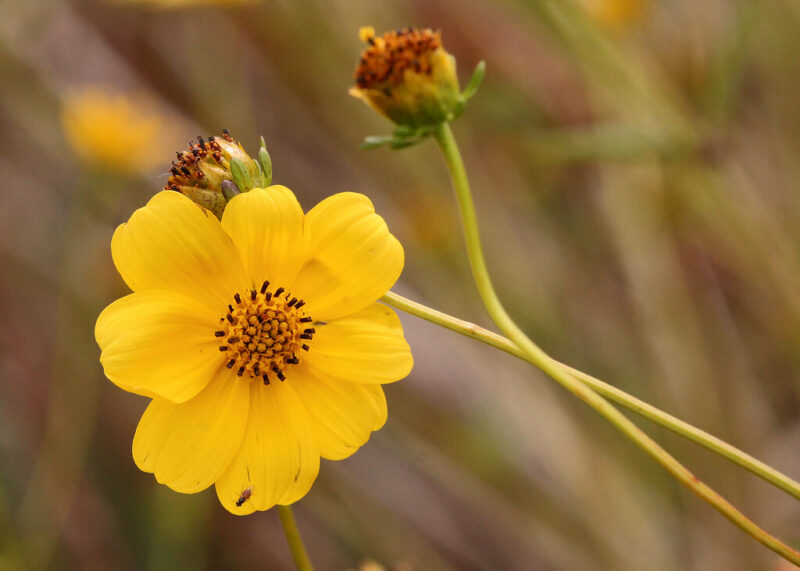
Beggars-ticks are excellent for borders and can be planted in May in zones 3-10.
Planting Tips: Space them around 12 inches apart in full sun for optimal growth.
Care: They require moderate watering. Deadhead spent flowers to promote flowering throughout the season.
Sweet Alyssum (Lobularia maritima)
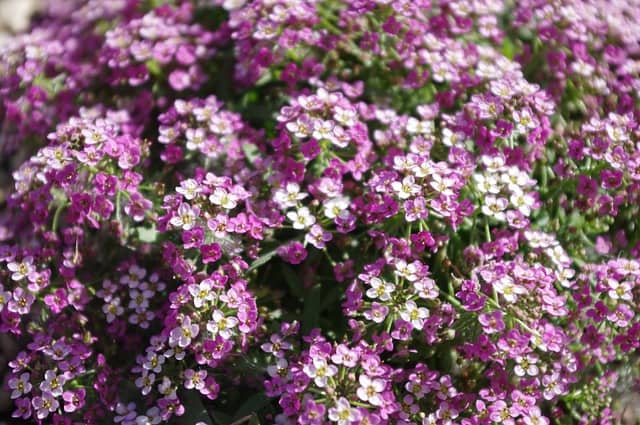
Sweet Alyssum is a fragrant, delicate flower that can be planted in May across zones 3-9.
Planting Tips: Sow seeds directly in well-drained soil or transplant seedlings, spacing 6-12 inches apart.
Care: Keep the soil moist, particularly in the early growth stage. Sweet Alyssum may need watering every few days in very hot weather.
Portulaca (Portulaca grandiflora)
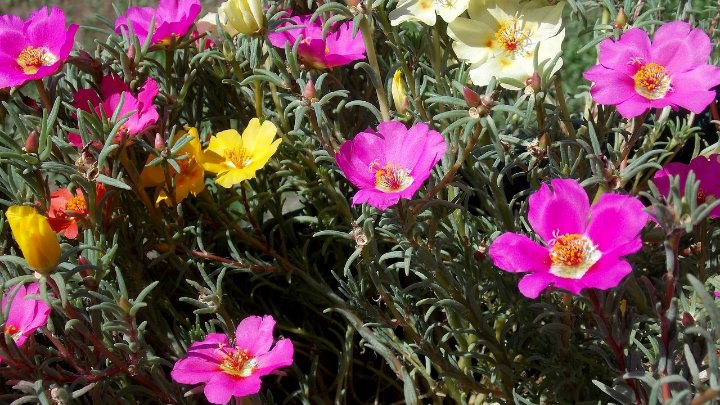
Portulaca, or moss rose, is drought-tolerant and thrives in sunny conditions. It can be planted in May in zones 3-10.
Planting Tips: Sow seeds directly into the soil, covering slightly. Space them 8-12 inches apart, as they will spread out.
Care: Water sparingly once established, as too much moisture can lead to root rot. It thrives on neglect, making it low-maintenance.
Coleus (Plectranthus scutellarioides)
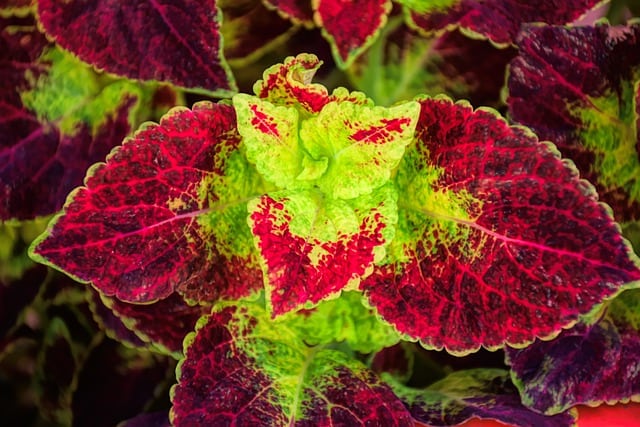
Coleus offers vibrant foliage and can be planted in USDA zones 3-11 in May.
Planting Tips: Space plants 12-18 inches apart with well-draining soil in partial shade to full sun.
Care: They require regular watering to prevent wilting and benefit from a bi-weekly dose of liquid fertilizer during the growing season.
Ageratum (Ageratum houstonianum)
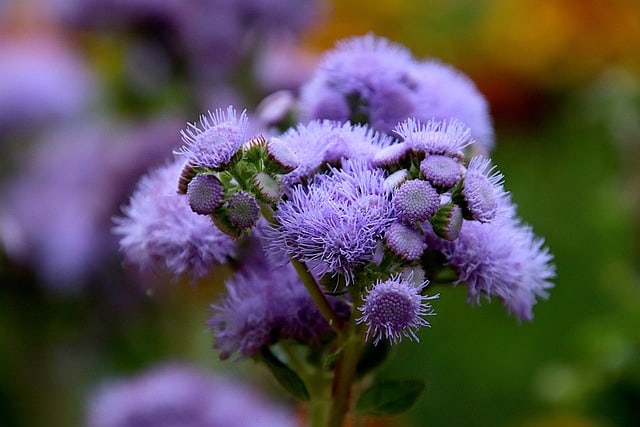
Ageratum flowers can be sown in May in zones 3-10, providing cheerful clusters of color.
Planting Tips: Seed should be sown directly in well-drained soil, spaced 8-12 inches apart.
Care: Regularly deadhead to encourage new blooms. Water when the soil feels dry to the touch, especially during dry spells.
Snapdragons (Antirrhinum majus)

Snapdragons provide charming vertical flowers. Plant in May across USDA zones 3-10.
Planting Tips: Sow seeds ¼ inch deep or use transplants spaced 6-12 inches apart in well-draining soil.
Care: Keep them watered regularly, especially during blooming. Pinch back flower spikes to promote bushier growth.
Fruits to Plant
May is an excellent month for planting fruits, allowing your garden to flourish with fresh produce. Here are ten fruit-bearing plants to consider.
Strawberries (Fragaria × ananassa)
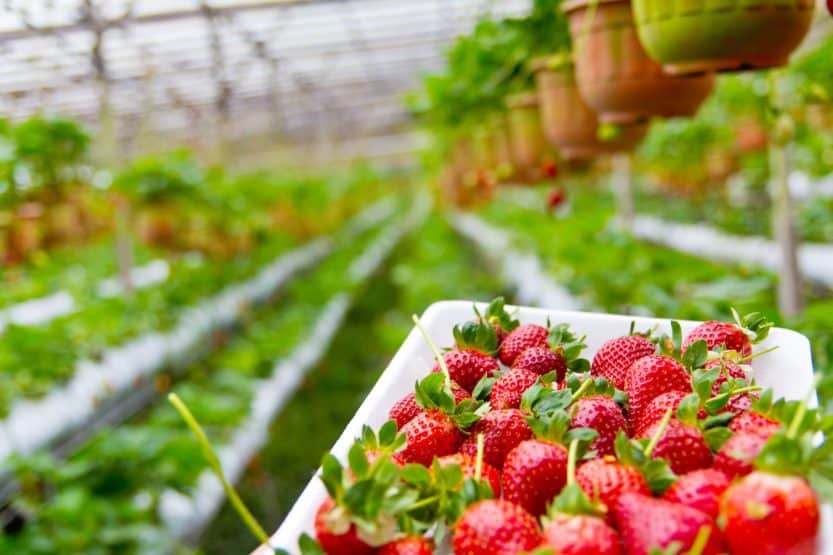
Strawberries are ideal for planting in May in USDA zones 3-10, thriving in full sun and well-drained soil.
Planting Tips: Space plants 12-18 inches apart, ensuring friendly air circulation to prevent disease. Plant at a depth where the crown is at soil level.
Care: Water regularly to keep soil moist but not soggy. Fertilizing with a balanced formulation in early spring will support healthy growth.
Blueberries (Vaccinium spp.)

Blueberries prefer acidic soil and can be planted in May in zones 3-7.
Planting Tips: Choose a sunny location and amend soil for proper acidity, below pH 5.5. Space plants 4-5 feet apart to allow for future growth.
Care: Blueberries require consistent moisture, particularly during the fruit set. Use acidic fertilizers to boost fruit production.
Raspberries (Rubus idaeus)
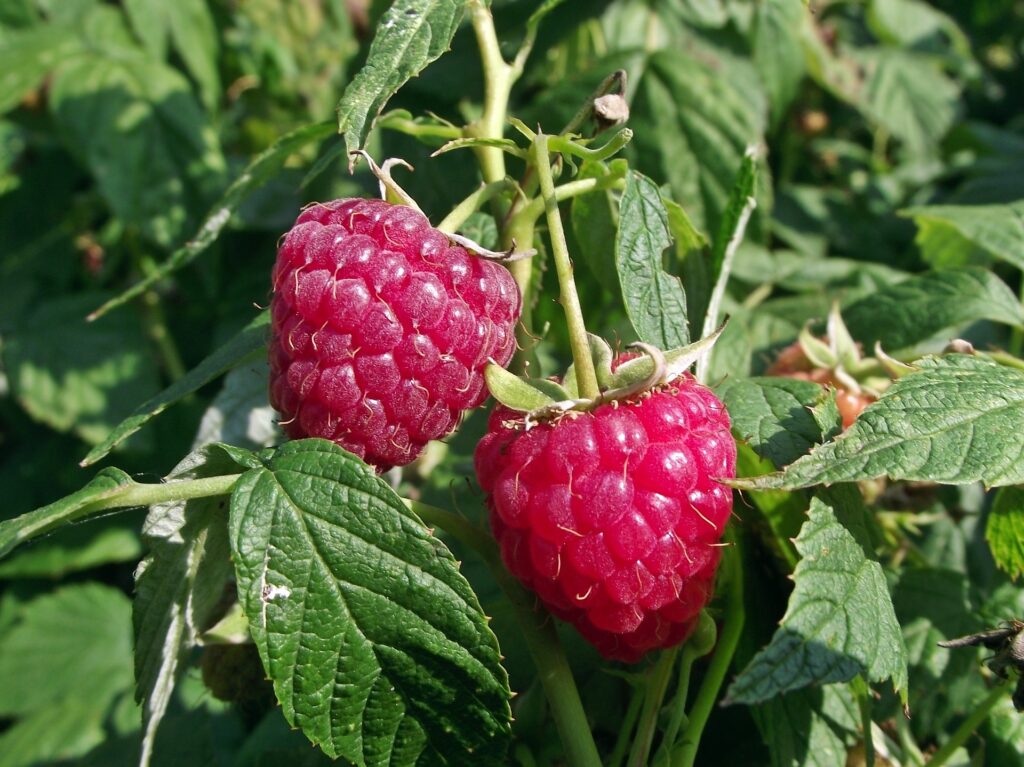
Raspberries can be planted in May in USDA zones 3-8; they thrive in well-drained soil and full sun.
Planting Tips: Space plants 2-3 feet apart, allowing for adequate air circulation. Set them in rows for easier maintenance and harvesting.
Care: Water regularly during flowering and fruiting stages, mulching helps retain moisture and suppress weeds. Providing support with trellises helps manage growth.
Blackberries (Rubus fruticosus)
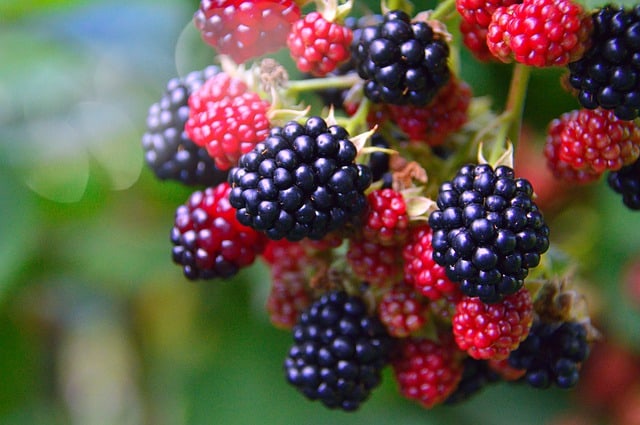
May is the time to plant blackberries in zones 5-10. These plants prefer full sun and good soil.
Planting Tips: Space plants about 2-4 feet apart to accommodate their trailing vines. They enjoy well-drained soil and benefit from mulch.
Care: Blackberries require regular watering, particularly during dry spells. They can be pruned in early spring before new growth emerges for enhanced fruit production.
Melons (Cucumis melo)
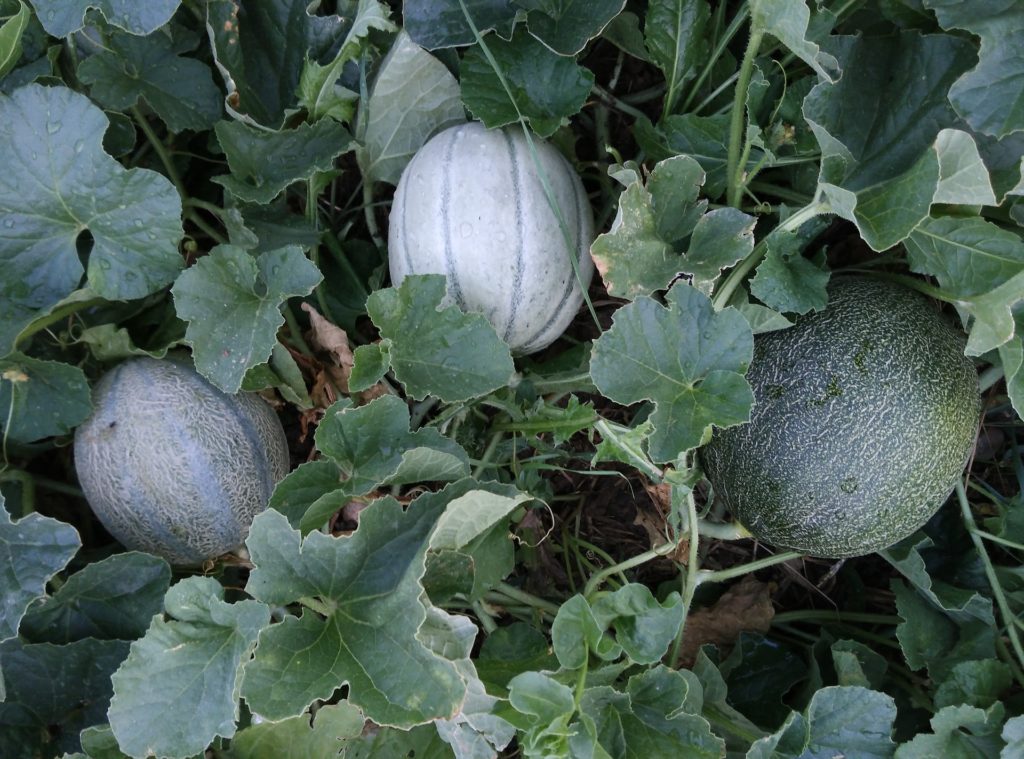
Melons, including cantaloupe and watermelon, thrive when planted in May across USDA zones 6-10.
Planting Tips: Sow seeds 1 inch deep and space them 18-36 inches apart, depending on the variety. They need warm soil (about 70°F) and full sunlight for optimal growth.
Care: Regularly check for pests and ensure consistent watering, especially during flowering and fruiting. Fertilize with a high-phosphorus blend when melons start to form.
Grapes (Vitis vinifera)
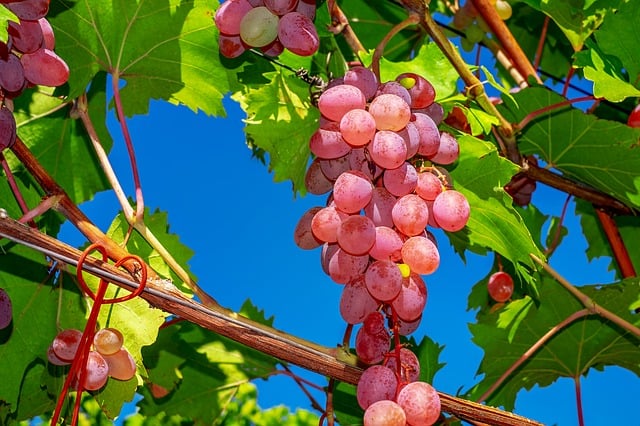
Grapes flourish when planted in May in zones 5-10, requiring full sun and well-drained soils.
Planting Tips: Space vines 6-8 feet apart to allow for sprawling growth. Train young plants on trellises or supports as they grow.
Care: Water frequently during the first growing season to establish roots. Once established, they require less frequent watering and will benefit from pruning in winter.
Peaches (Prunus persica)
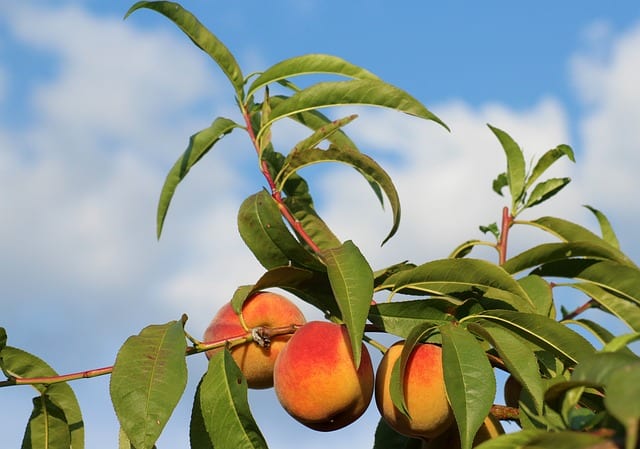
Peach trees can be planted in May in USDA zones 5-9, preferring well-drained, loamy soil.
Planting Tips: Space trees 10-15 feet apart, allowing for adequate sunlight and airflow. Dig a hole that is twice as wide as the root ball.
Care: Water young trees regularly and apply mulch to retain moisture. Fertilize during the growing season to promote healthy growth.
Apples (Malus domestica)
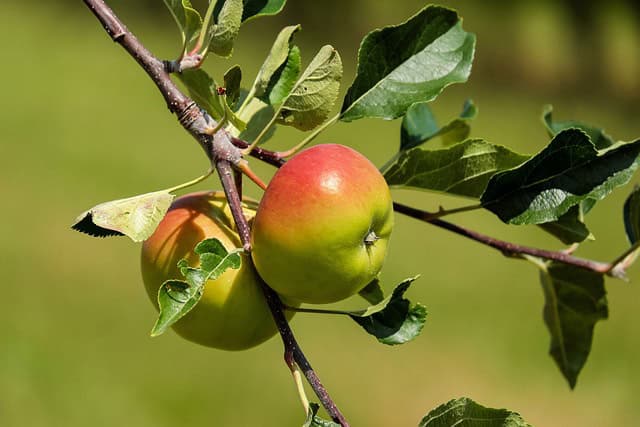
Apple trees can be planted in May across zones 3-8, thriving best in full sun and well-drained soil.
Planting Tips: Space trees 15-25 feet apart, depending on the variety. Consider cross-pollination; plant two different varieties nearby for fruit set.
Care: Water regularly during droughts and mulch around the base to keep roots cool. Prune annually to maintain shape and enhance fruit production.
Pears (Pyrus spp.)
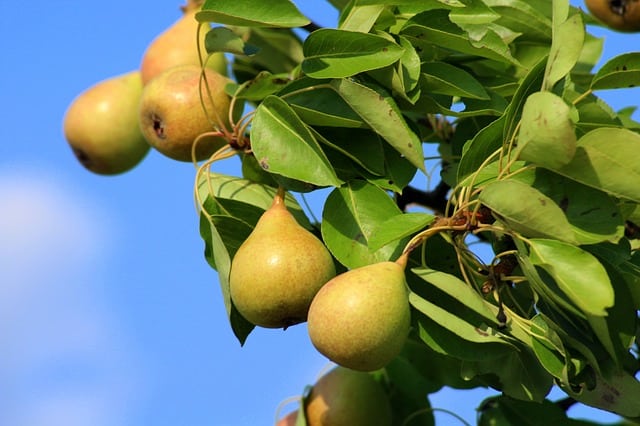
May is a great time to plant pear trees in USDA zones 4-9. They prefer full sun and well-drained soil.
Planting Tips: Space trees 10-15 feet apart and dig holes that are wider than the root ball. Provide good airflow between trees for disease prevention.
Care: Pear trees require consistent moisture and benefit from an annual prune after harvesting to maintain structure. Fertilization should occur in early spring.
Cherries (Prunus avium)
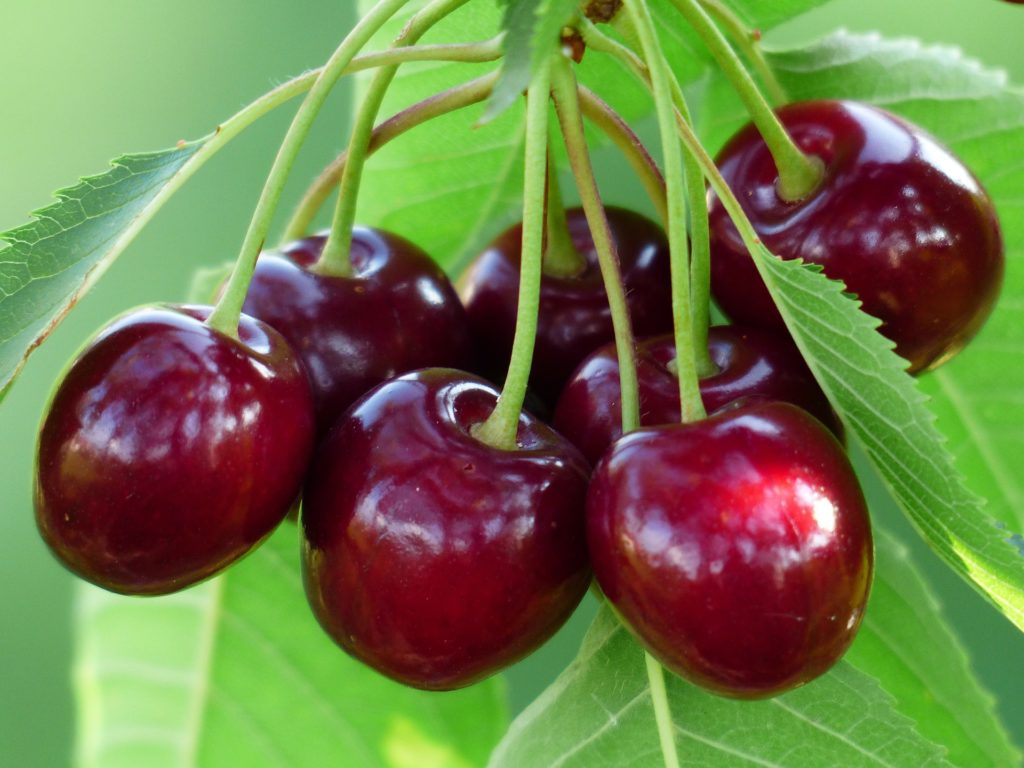
May is the perfect time to plant cherry trees in USDA zones 5-9, enjoying full sun and sandy loam soil.
Planting Tips: Space trees about 20-25 feet apart and ensure that soil is well-draining. Cherry trees can benefit from companion planting to attract pollinators.
Care: Water young trees regularly and ensure consistent moisture during fruit development. Prevent diseases by maintaining good airflow through selective pruning.
Herbs to Plant
Herbs provide not only culinary delight but also fragrance and beauty to your garden. May is an opportune time for herb planting, enabling you to enjoy fresh flavors throughout the summer. Here are ten herbs to consider planting in May.
Basil (Ocimum basilicum)
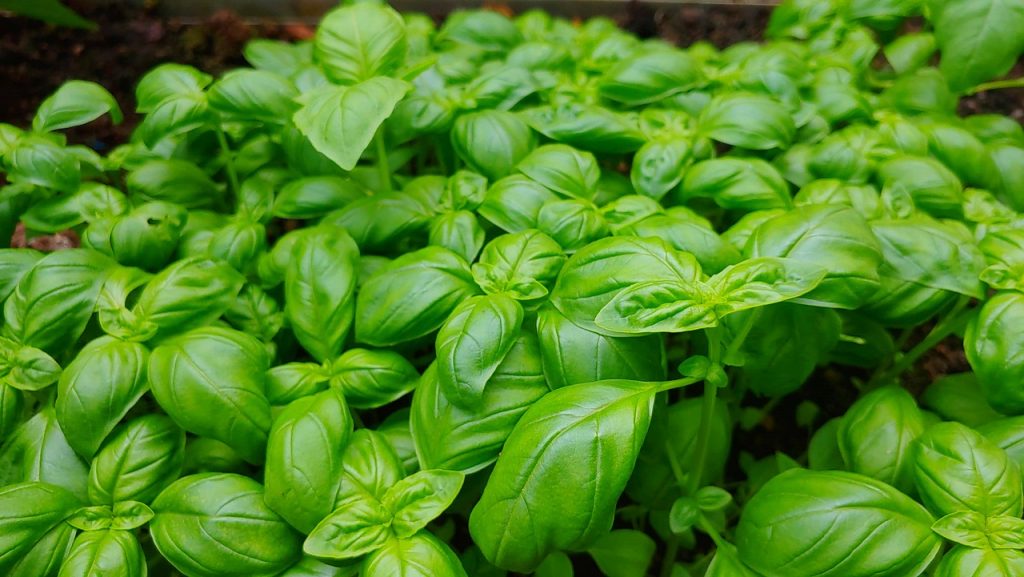
Basil is a tender herb that thrives in warm weather and should be planted in May in zones 3-10.
Planting tips: Start seeds indoors 6 weeks before transplanting or purchase seedlings. Space them 12-18 inches apart with full sun exposure.
Care: Water regularly to maintain consistent moisture, especially during hot spells. Prune regularly to promote bushier growth, and pinch back flowers for prolonged leaf production.
Cilantro (Coriandrum sativum)
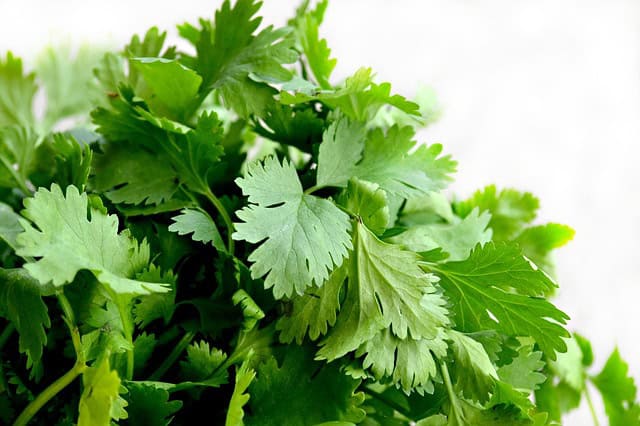
Cilantro provides fresh, distinct flavors and can be planted in May in USDA zones 3-10.
Planting Tips: Sow seeds directly in the soil about 1/4 inch deep and 6-8 inches apart, ideally in full sun to partial shade that remains cooler.
Care: Regular watering is essential, particularly during hot weather. For a continuous supply, sow seeds every few weeks.
Rosemary (Rosmarinus officinalis)
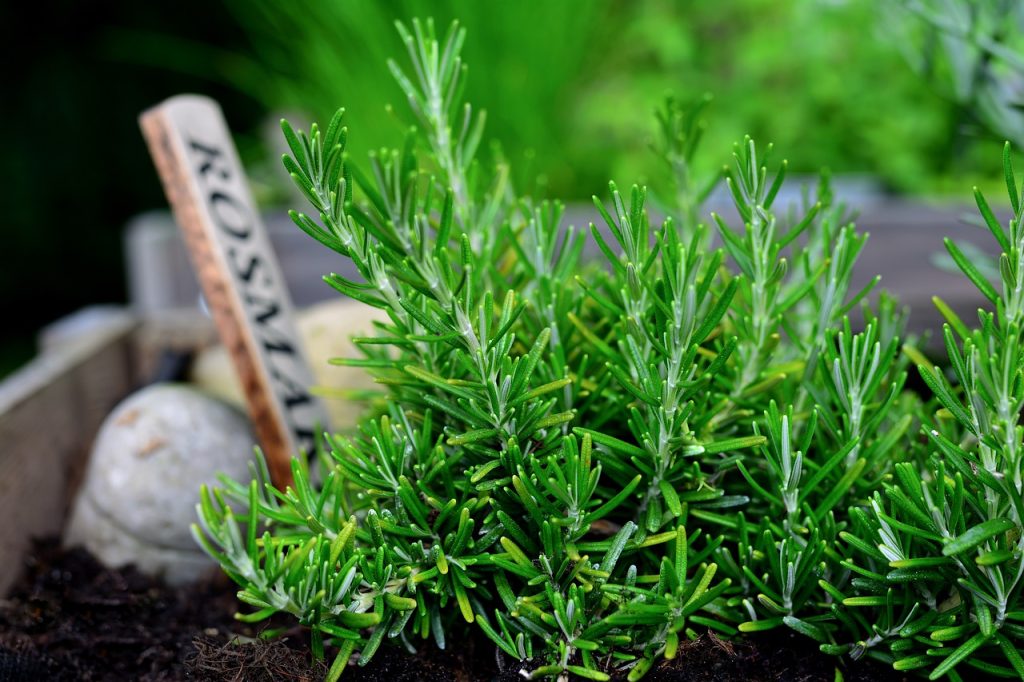
Rosemary prefers warm, sunny conditions and can be planted in May in zones 7-10.
Planting Tips: Space plants 2-3 feet apart and ensure they are planted in well-draining soil with a slightly alkaline pH.
Care: Water sparingly once established. Prune annually to encourage new growth and increase air circulation; this reduces disease risks.
Thyme (Thymus vulgaris)
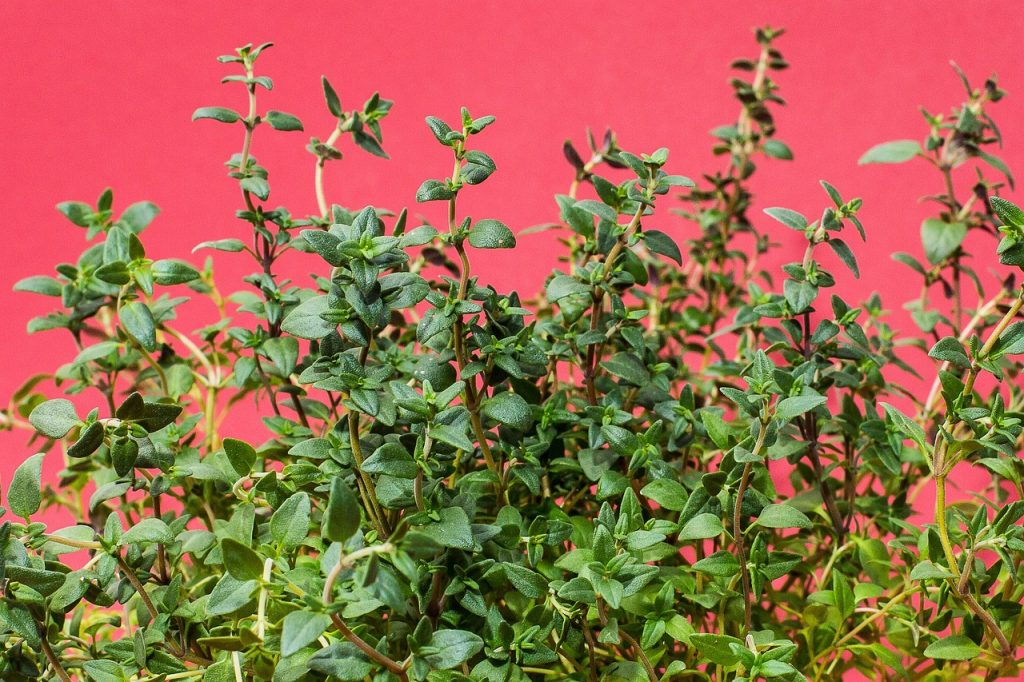
Thyme is a versatile perennial herb suitable for USDA zones 4-10. Plant in May for aromatic foliage.
Planting Tips: Space plants 12-18 inches apart in well-drained soil and sunny locations.
Care: Water sparingly; thyme prefers drier conditions. Regular trimming encourages a bushier habit and enhances flavor.
Parsley (Petroselinum crispum)
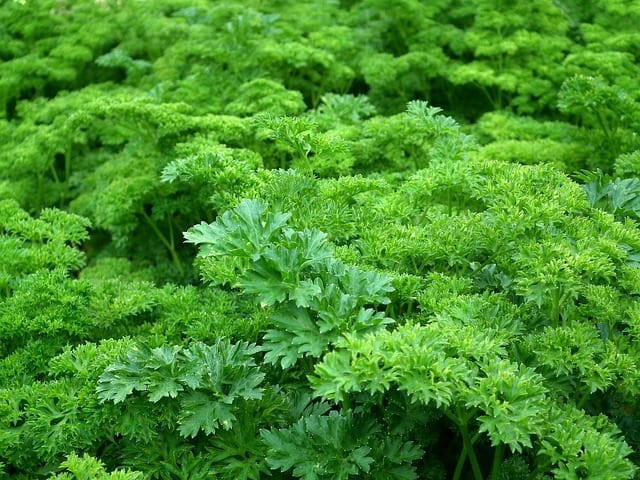
Parsley is a biennial herb that can be sown in May in zones 3-9.
Planting Tips: Plant seeds 1/4 inch deep in rows spaced 12-18 inches apart. They appreciate well-drained, rich soil.
Care: Water regularly. Fertilize every 4-6 weeks with a balanced fertilizer; parsley benefits from constant harvesting, so cut leaves as needed.
Oregano (Origanum vulgare)
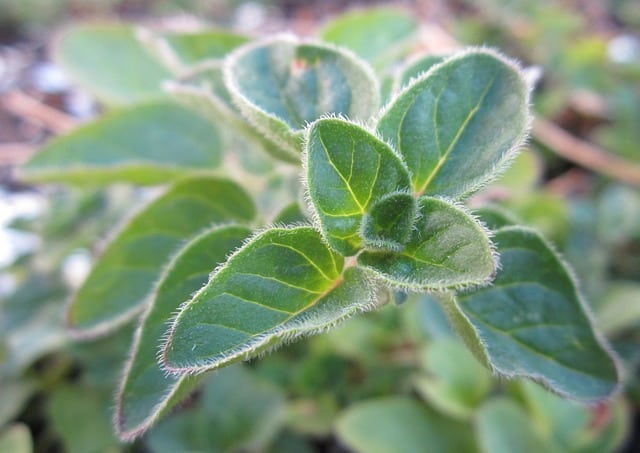
Oregano is a perennial herb perfect for zones 4-10, thriving when planted in May.
Planting Tips: Space plants 12-18 inches apart in well-drained soil and sunny locations.
Care: Oregano is drought-tolerant; water occasionally and allow the soil to dry between watering. Harvest regularly to prevent flowering.
Chives (Allium schoenoprasum)
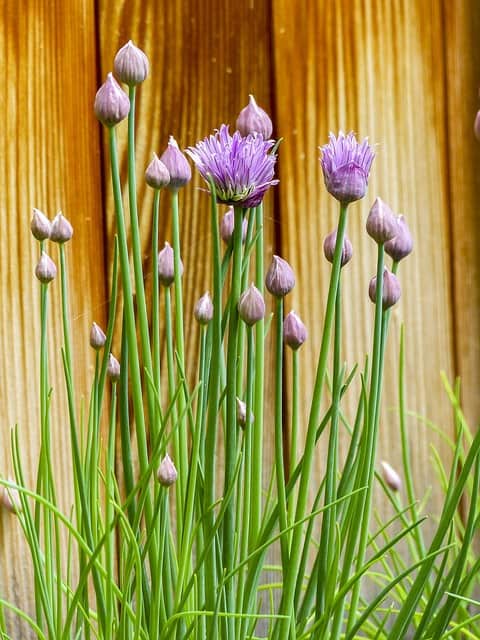
Chives can be easily planted in May in zones 3-9, adding onion flavor to dishes.
Planting Tips: Space plants 8-12 inches apart in well-drained soil with full sun. Seeds should be sown about 1/4 inch deep.
Care: Water regularly, especially before flowering. Regular trimming promotes lush growth, and flowers can be harvested for salads.
Mint (Mentha spp.)
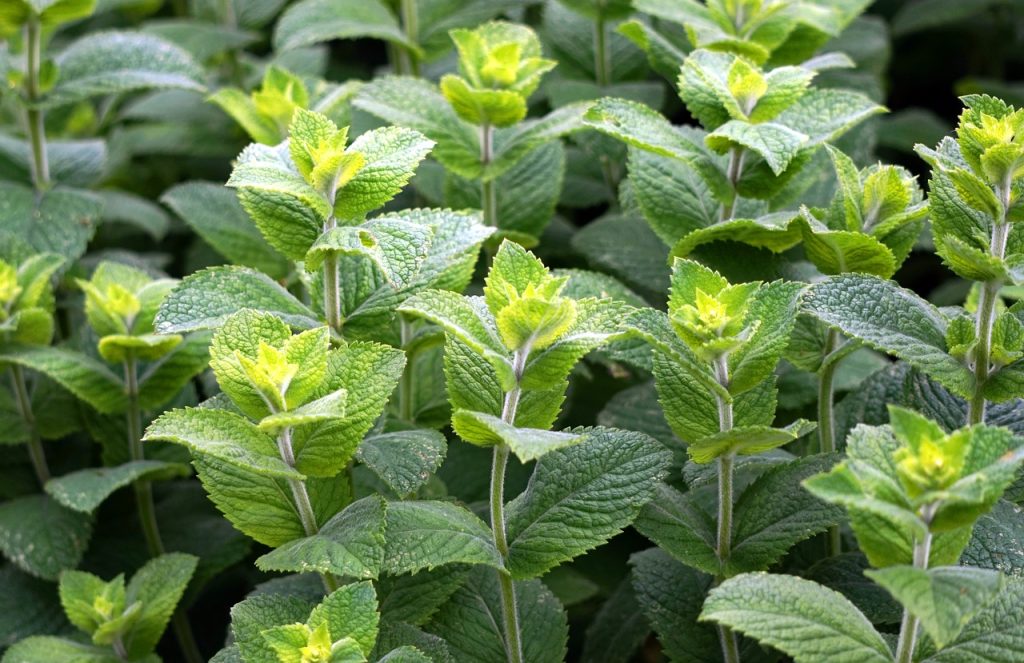
Mint is vigorous and should be planted in May across zones 3-9.
Planting Tips: Mint spreads rapidly, so it’s best to plant in containers or trenches in garden beds. Space plants 12 inches apart in rich, well-drained soil.
Care: Keep soil consistently moist and protect plants from direct afternoon sun. Regular harvesting promotes leaf growth and deters flowering.
Sage (Salvia officinalis)
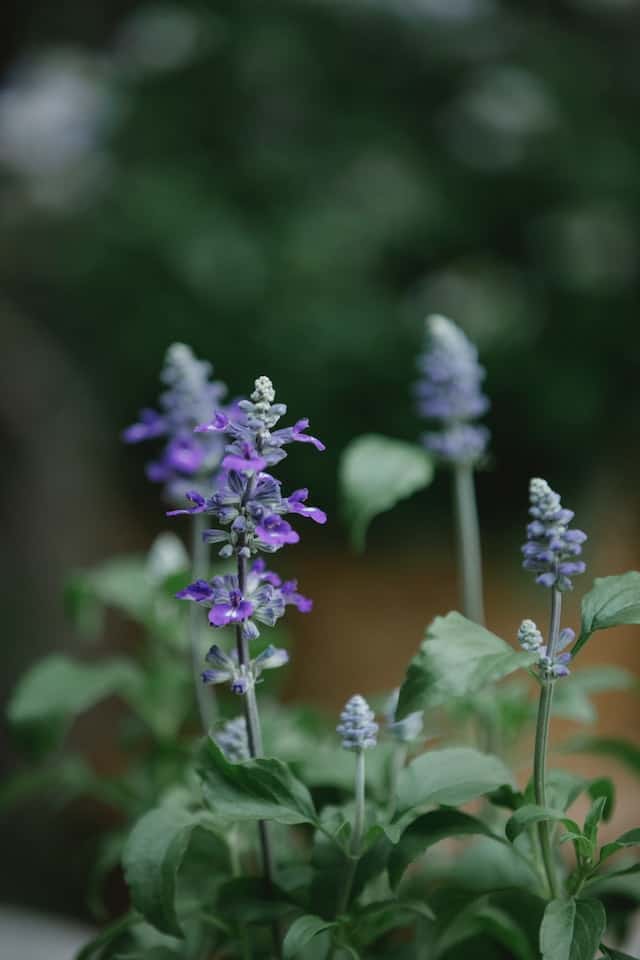
Sage thrives in warm conditions and can be planted in May in USDA zones 5-10.
Planting Tips: Space plants about 18 inches apart in well-draining soil with full sun.
Care: Water moderately; sage prefers drier conditions. Prune annually after flowering to maintain bushy growth.
Landscape Plants to Plant in May
In addition to vegetables, fruits, and flowers, consider planting landscape plants that will enhance your garden’s structure and aesthetics. Here are ten landscape plants perfect for May planting.
Holly (Ilex spp.)
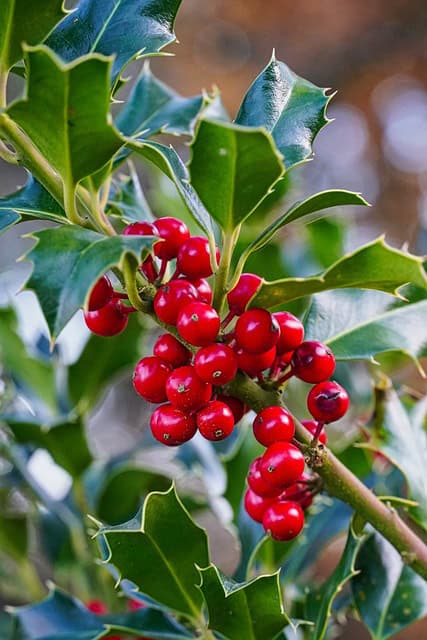
Holly is an evergreen shrub suitable for USDA zones 5-9, providing year-round interest.
Planting Tips: Space shrubs 4-5 feet apart, ensuring they have adequate room to grow. Plant them in well-draining soil with full sun to partial shade.
Care: Water regularly until established and prune to shape after blooming if necessary. Fertilizing annually in early spring promotes healthy growth.
Boxwood (Buxus spp.)

Boxwoods are popular hedge plants ideal for zones 4-9.
Planting Tips: Space plants 2-3 feet apart, depending on the desired density. They thrive in fertile, well-draining soil with full sun to partial shade.
Care: Regularly prune to maintain shape and remove dead leaves. Water during dry spells, particularly in the first growing season.
Hydrangeas (Hydrangea spp.)
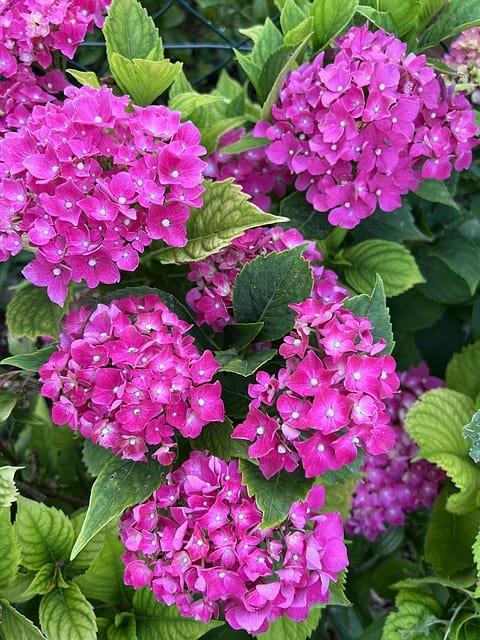
Hydrangeas can be planted in May in zones 3-9, loved for their stunning blooms.
Planting Tips: Space bushes 3-10 feet apart based on the variety’s mature size. They prefer well-drained, fertile soil and can thrive in full sun to partial shade.
Care: Regular watering is essential during dry spells. Fertilize in the early spring but avoid high phosphorus levels to protect their root systems.
Rhododendron (Rhododendron spp.)
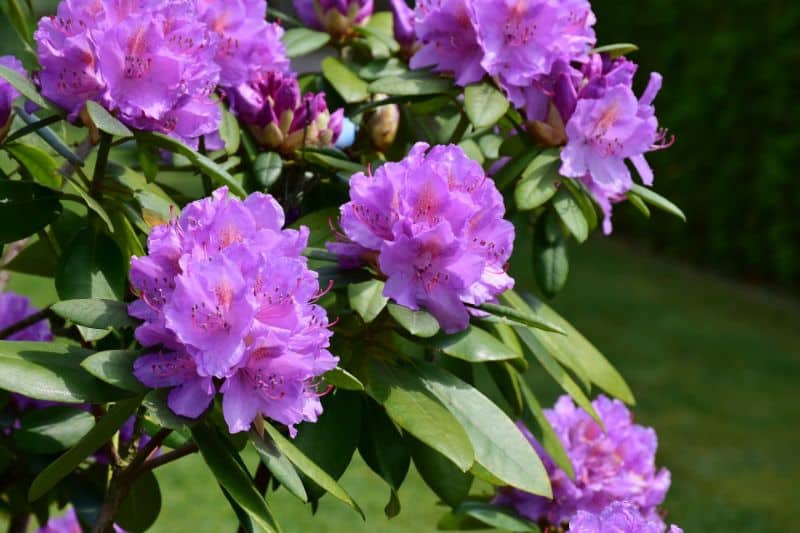
Rhododendrons are magnificent flowering shrubs best planted in USDA zones 4-9.
Planting Tips: Space plants 4-10 feet apart in acidic, rich soil with dappled sunlight.
Care: Rhododendrons prefer moist conditions; regularly water throughout dry periods and mulch to retain soil moisture. Pruning should be done after flowering.
Japanese Maple (Acer palmatum)
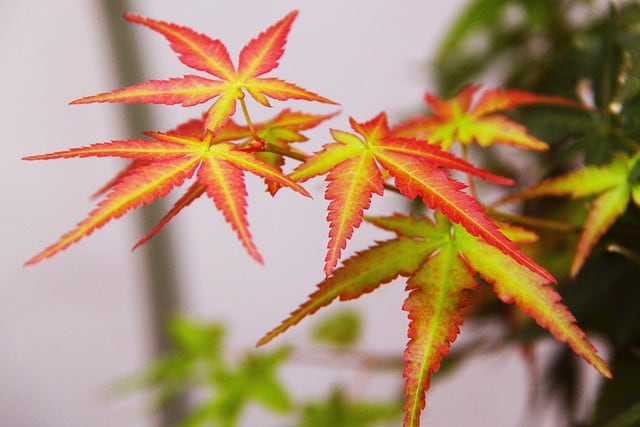
Japanese maples provide stunning foliage and can be planted in May in zones 5-8.
Planting Tips: Space trees at least 10-15 feet apart. They prefer well-draining, fertile soil and partial shade.
Care: Water consistently during dry spells, especially in the tree’s first growing season. Avoid excessive pruning unless necessary.
Barberry (Berberis spp.)
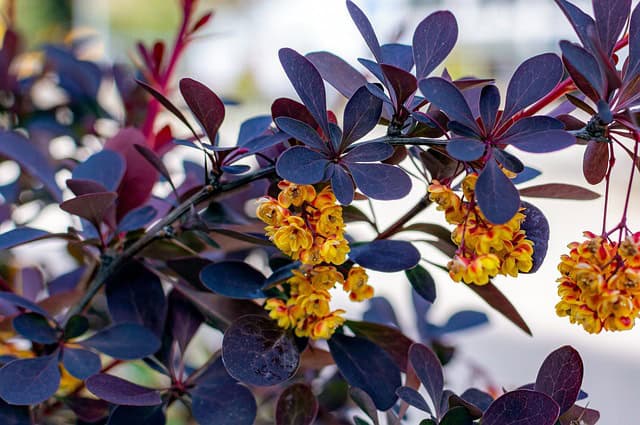
Barberry shrubs can be planted in May across zones 4-8 and are hardy and drought-tolerant.
Planting Tips: Space them 3-4 feet apart, suitable for hedging or specimen plantings. They prefer well-draining soil and full sun.
Care: Water sparingly once established. Barberry shrubs require little maintenance and should be pruned only as needed for shape.
Forsythia (Forsythia spp.)
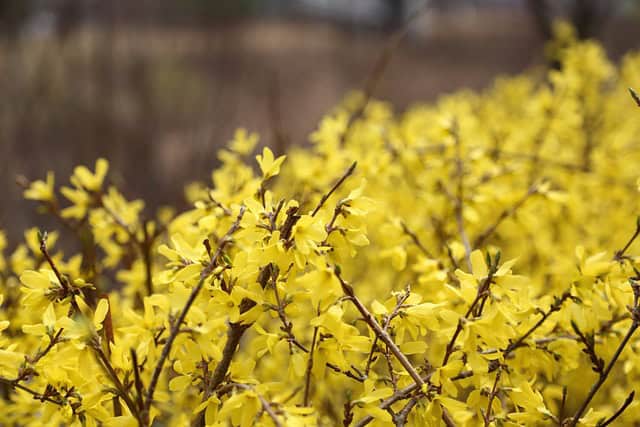
Forsythia blooms bright yellow flowers in spring and can be planted in May in zones 4-8.
Planting Tips: Space shrubs 3-10 feet apart due to their vigorous growth. Good drainage is crucial.
Care: Water after planting and mulch to suppress weeds. Pruning after blooming will keep the shrub healthy and encourage more blooms the following season.
Juniper (Juniperus spp.)
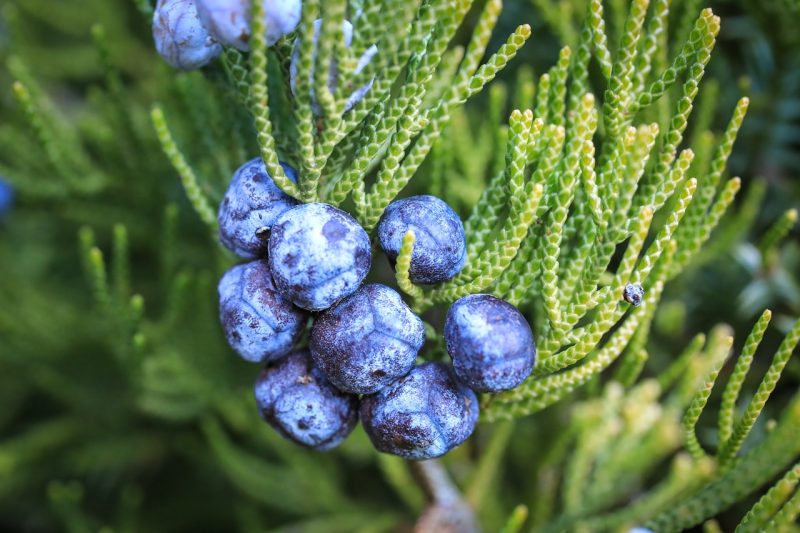
Junipers are robust evergreens suitable for zones 3-9 that can add structure to your landscape.
Planting Tips: Plant in well-draining soil with full sun exposure. Space them based on the variety, typically 3-6 feet apart.
Care: Junipers are drought-tolerant once established. Prune as needed to maintain shape but generally require low maintenance.
Lavender (Lavandula spp.)

Lavender offers aesthetics and aromatic benefits and can be planted in May in zones 5-9.
Planting Tips: Space clusters 2-3 feet apart in well-draining, dryer soils, ideally in sunny spots.
Care: Water regularly until established but reduce watering to avoid root rot once they are established. Prune annually after flowering to promote vigorous new growth.
Sedum (Sedum spp.)
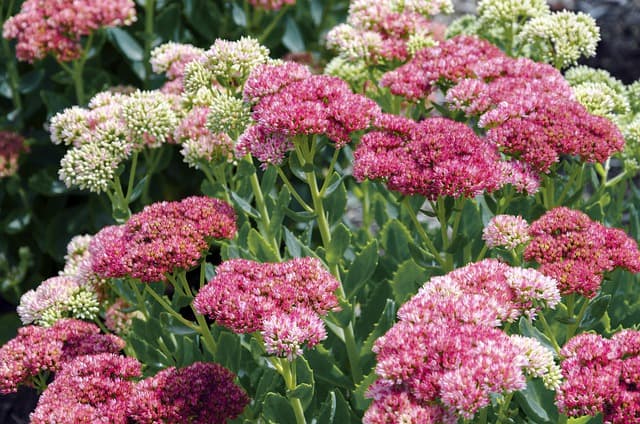
Sedum is ideal for sunny, dry areas and can be planted in May across zones 3-10.
Planting Tips: Space plants 12-18 inches apart in sunny locations with very well-drained soil.
Care: Sedum require minimal watering; ensure the soil dries out completely between waterings to prevent rot. Prune as needed to control spreading.
FAQ
When is the best time to plant in May?
The best time to plant in May is after the last frost, typically from mid to late May, depending on your USDA zone. Pay attention to local weather predictions for frost dates to optimize planting conditions.
How do I know my USDA zone?
You can find your USDA zone by referring to a USDA hardiness zone map, which is available online and often through local garden centers. You’ll only need to input your zip code or general location to find your zone.
Do I need to amend the soil before planting?
Amending your soil can provide essential nutrients for your plants. Conduct a soil test for pH and nutrient levels before planting, particularly for vegetables and fruits. Adding compost and organic matter can improve drainage and nutrient availability.
Can I plant flowers and vegetables in the same bed?
Yes, many gardeners practice companion planting to benefit both flowers and vegetables, as flowers can deter pests while attracting pollinators. Research local companion planting guides to identify beneficial pairings for optimal growth.
What if I miss planting in May?
If you miss the May planting window, many plants can still be successful if put in later in the season. Vegetables can be planted in succession and many flowers can still be started; just ensure to check growth maturity for your area’s climate before the first frost.





